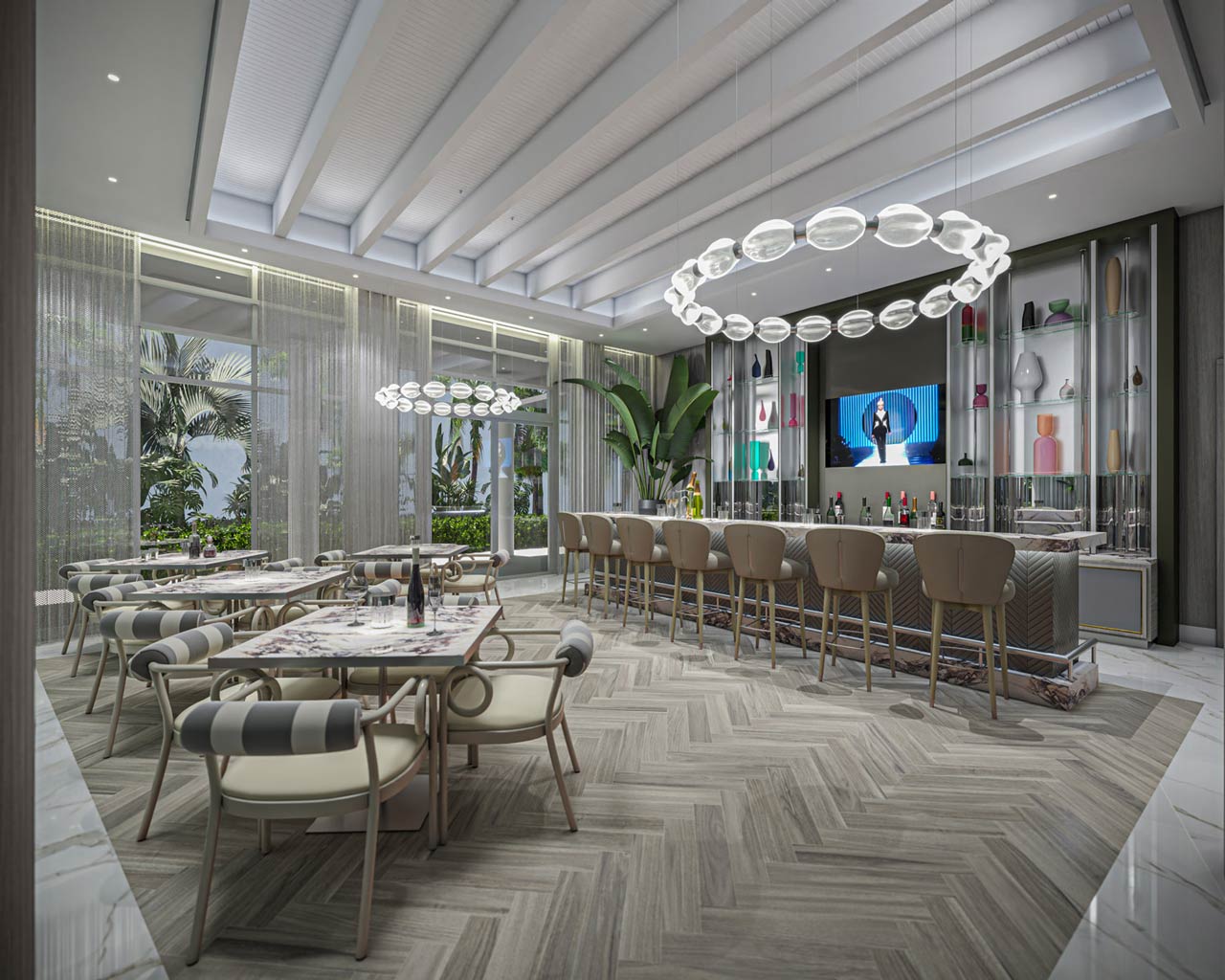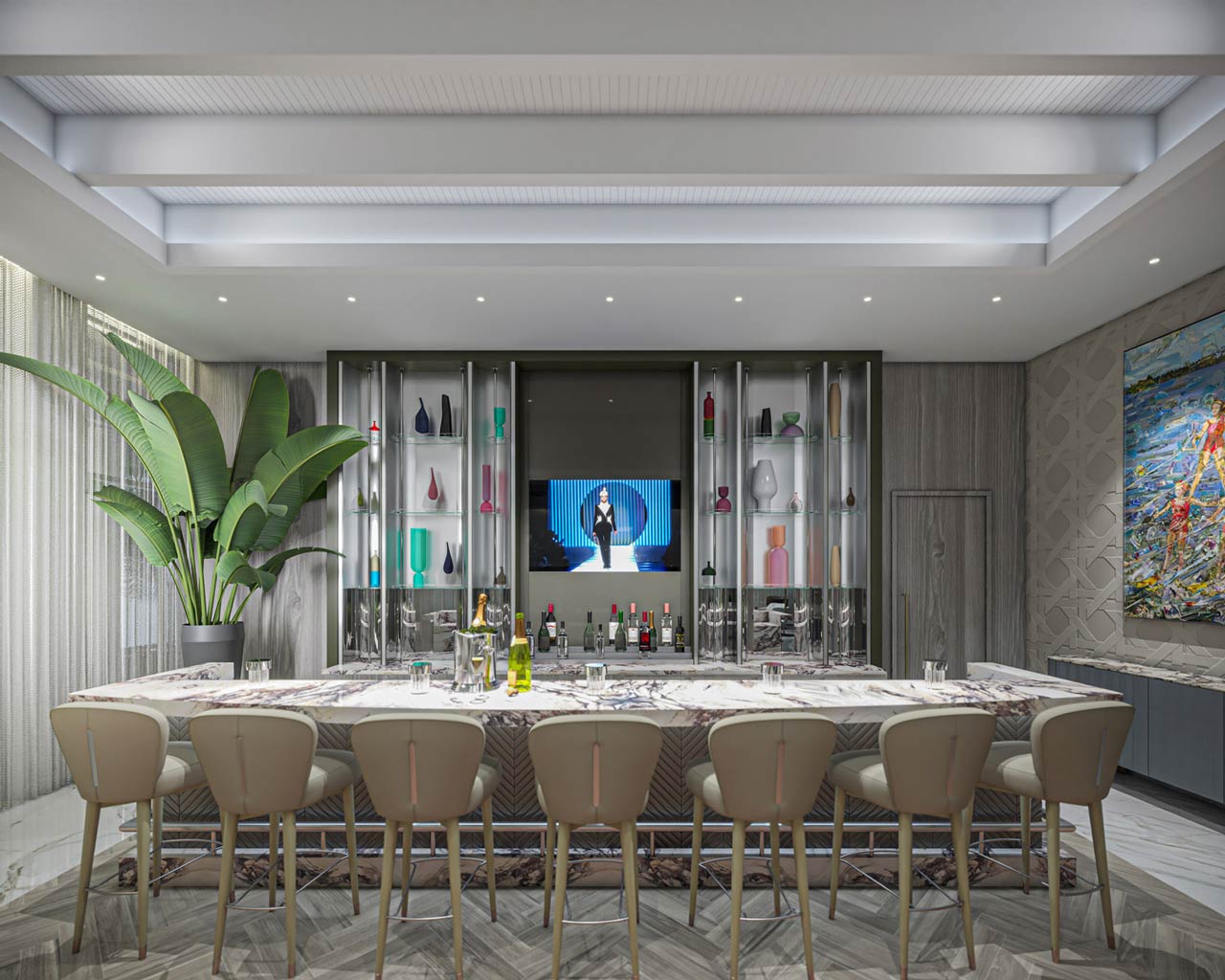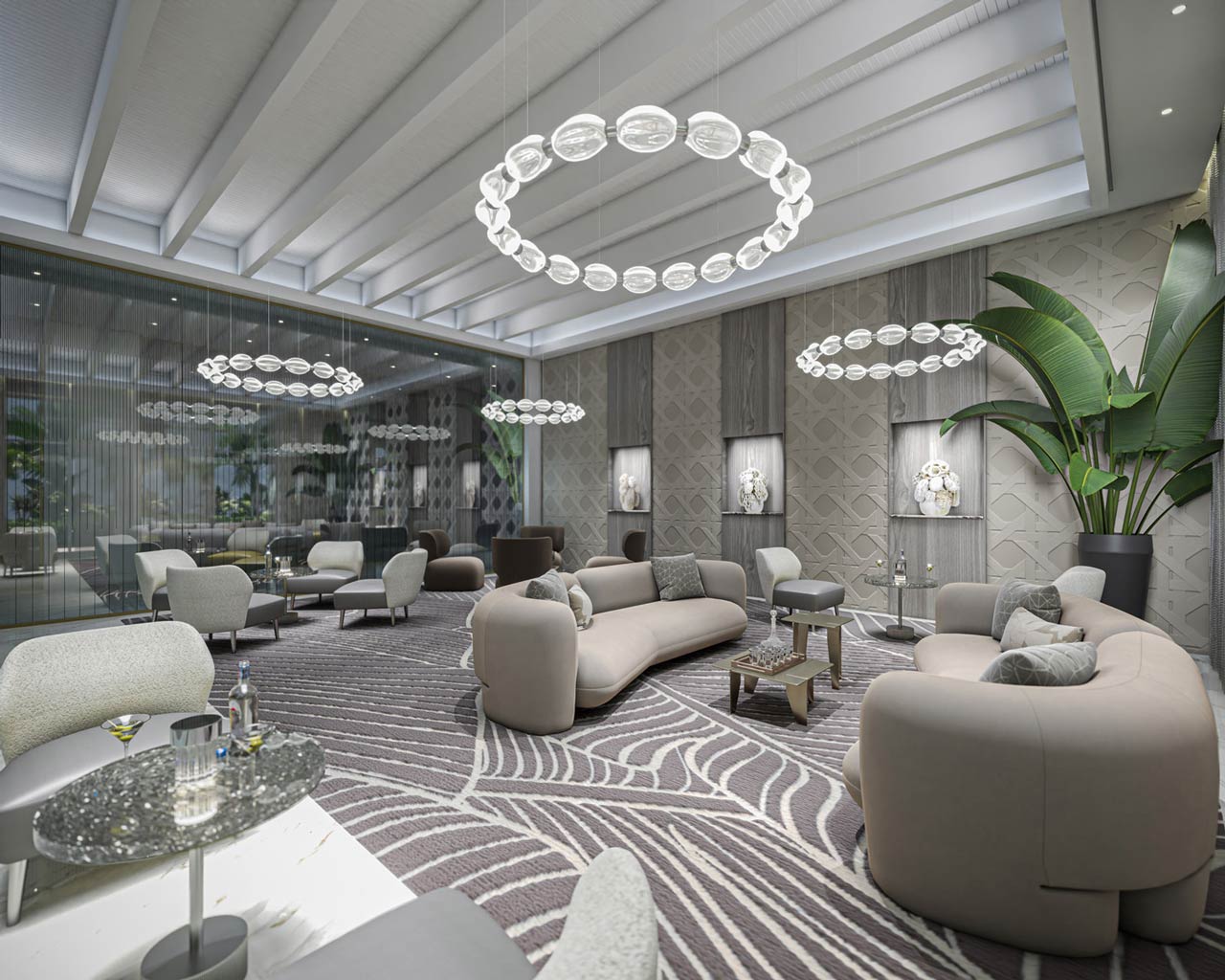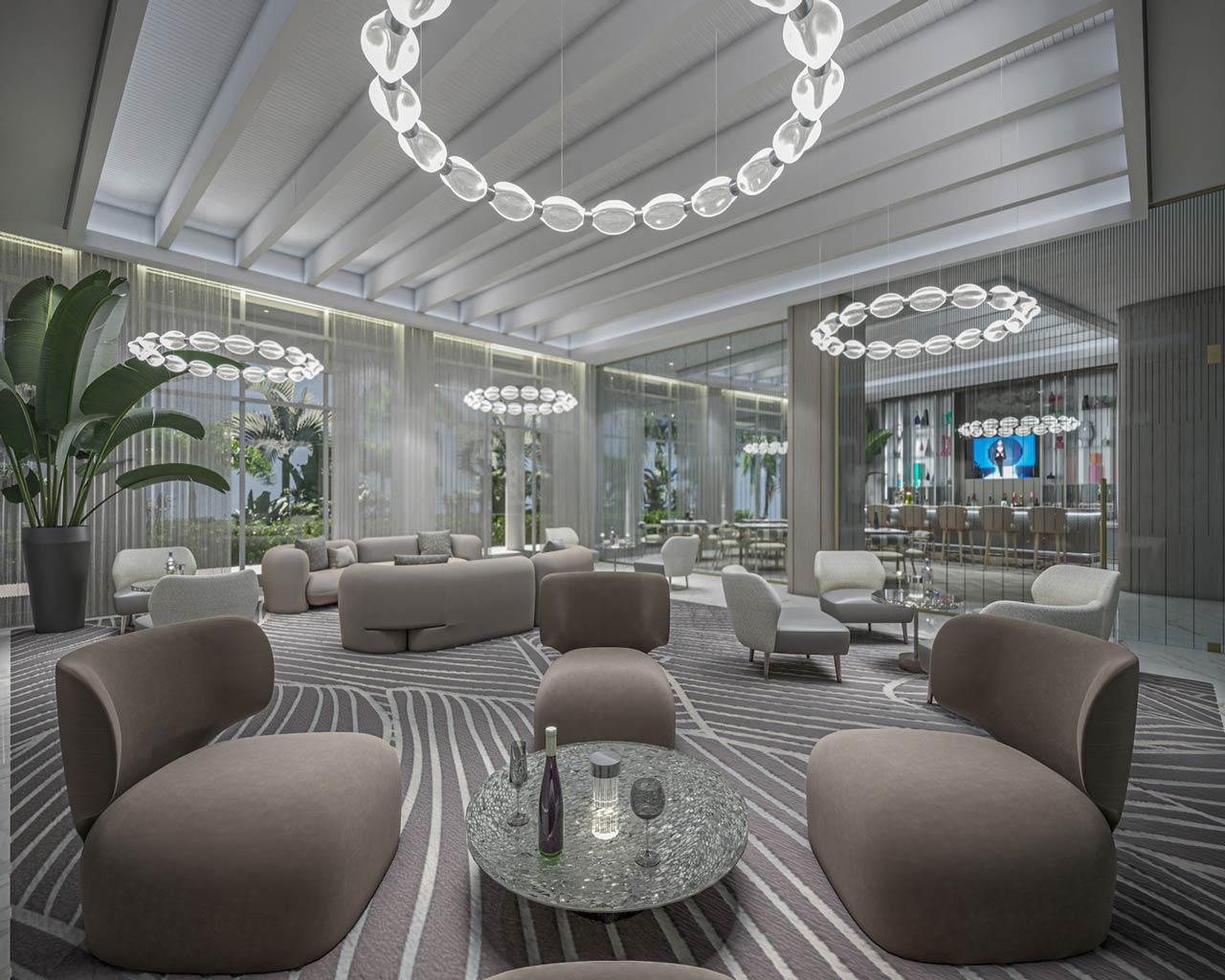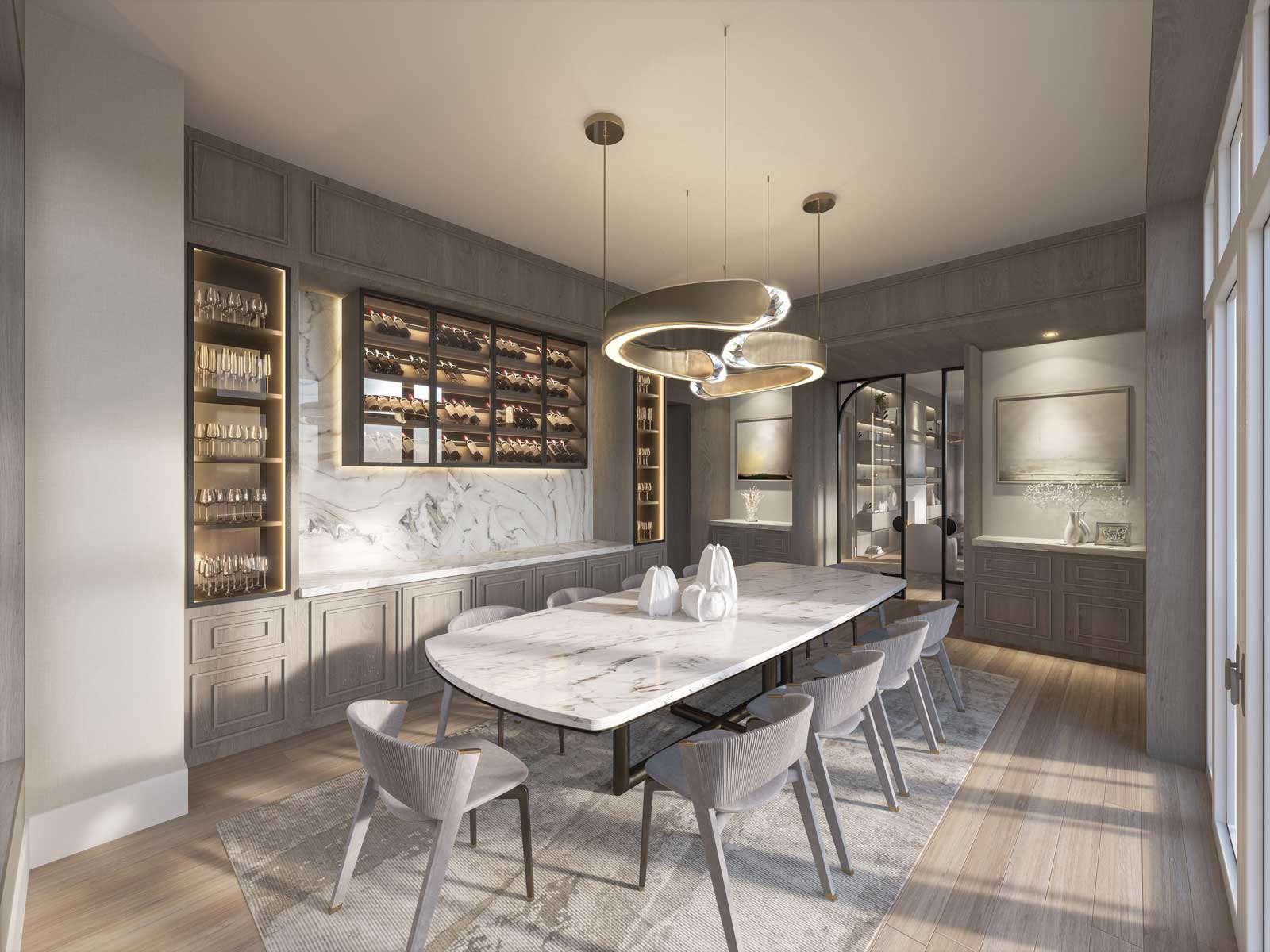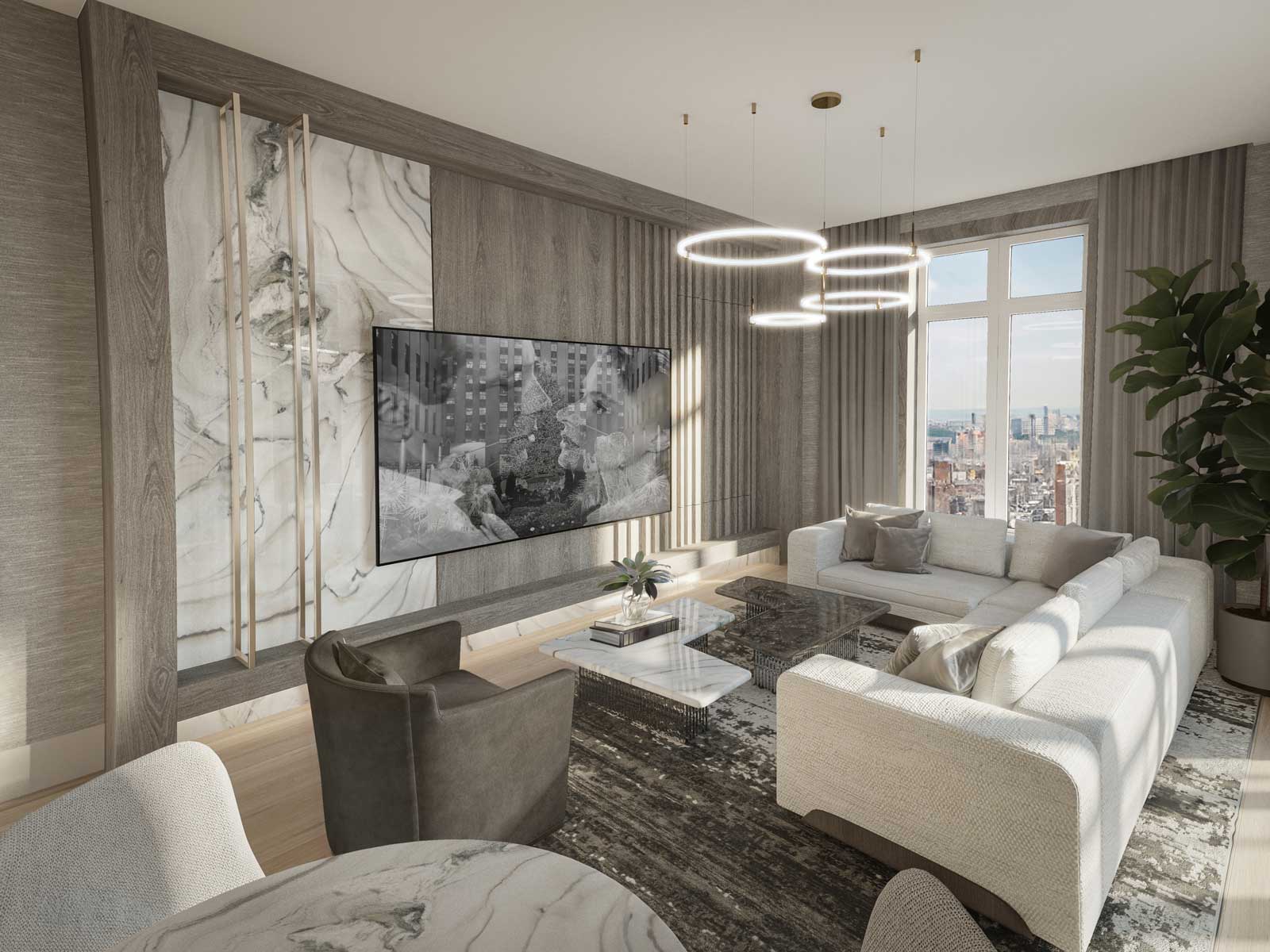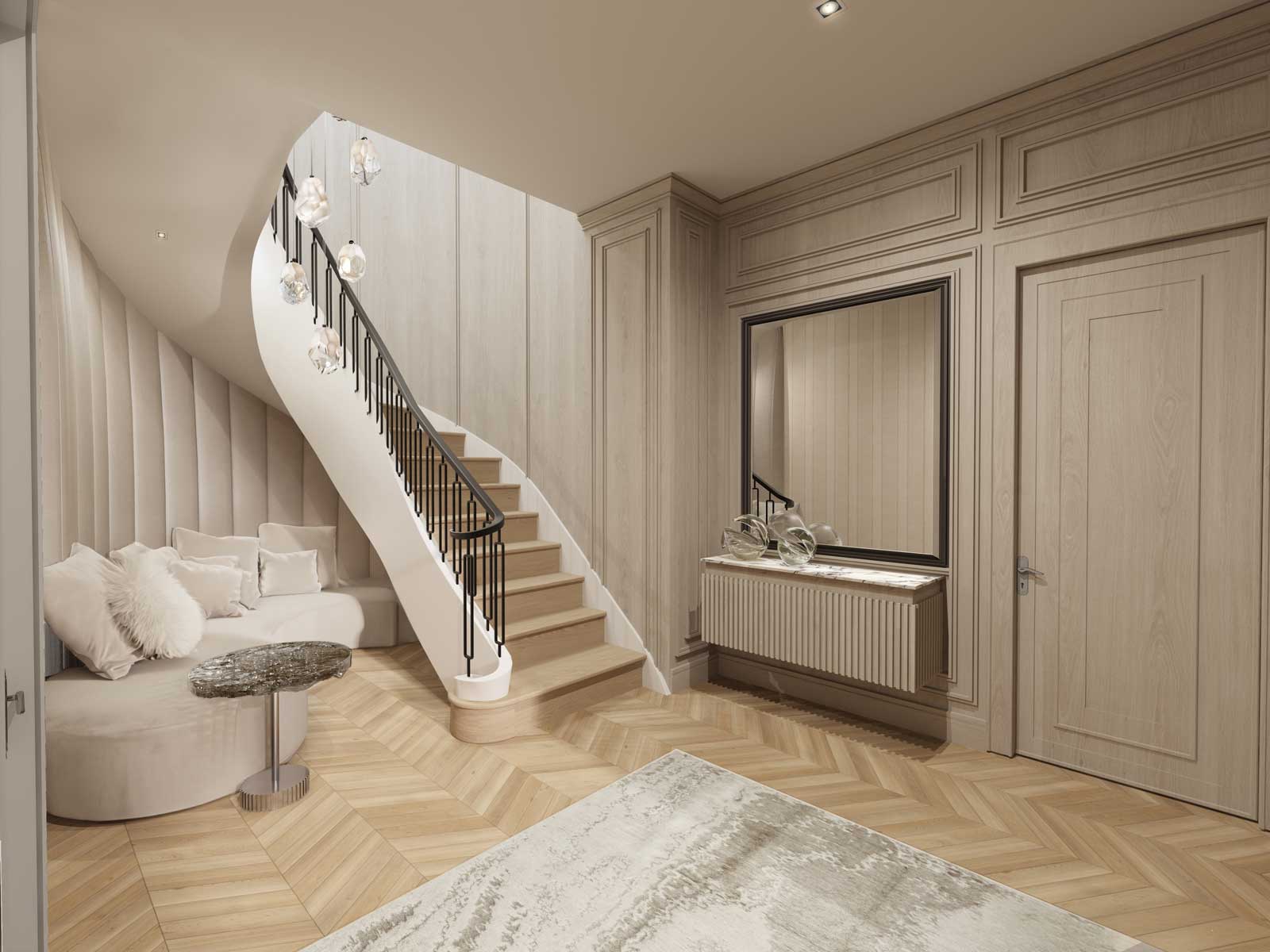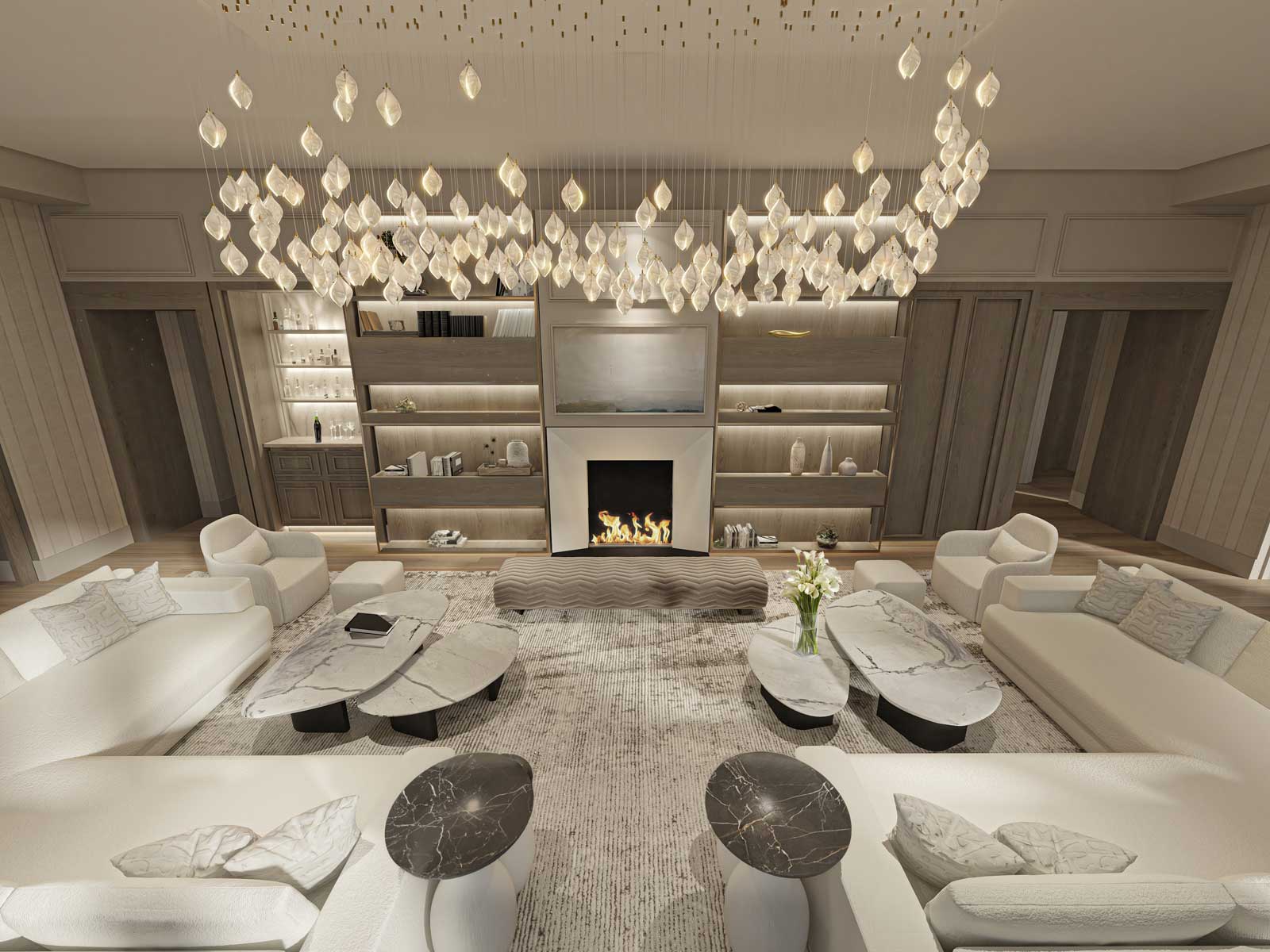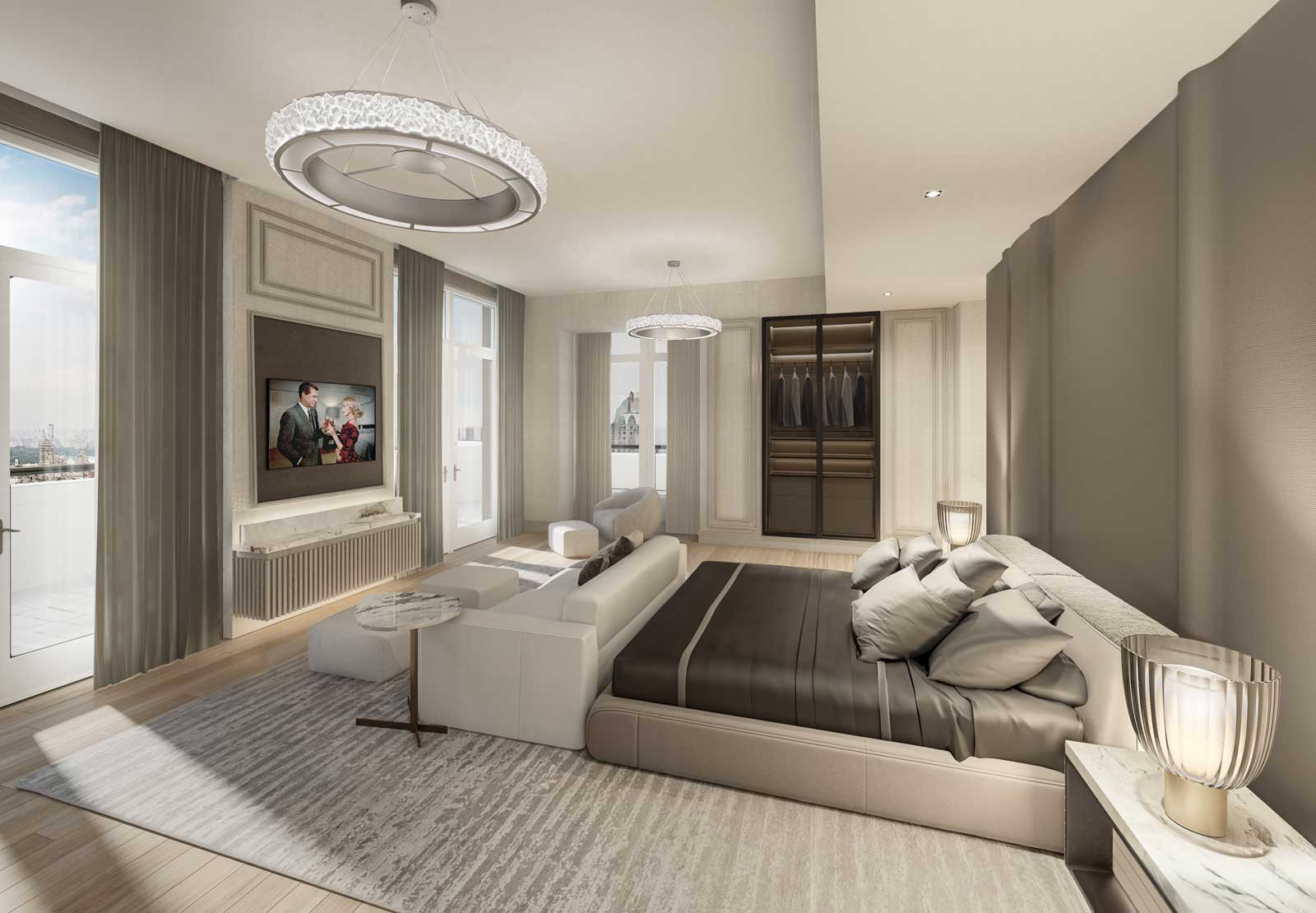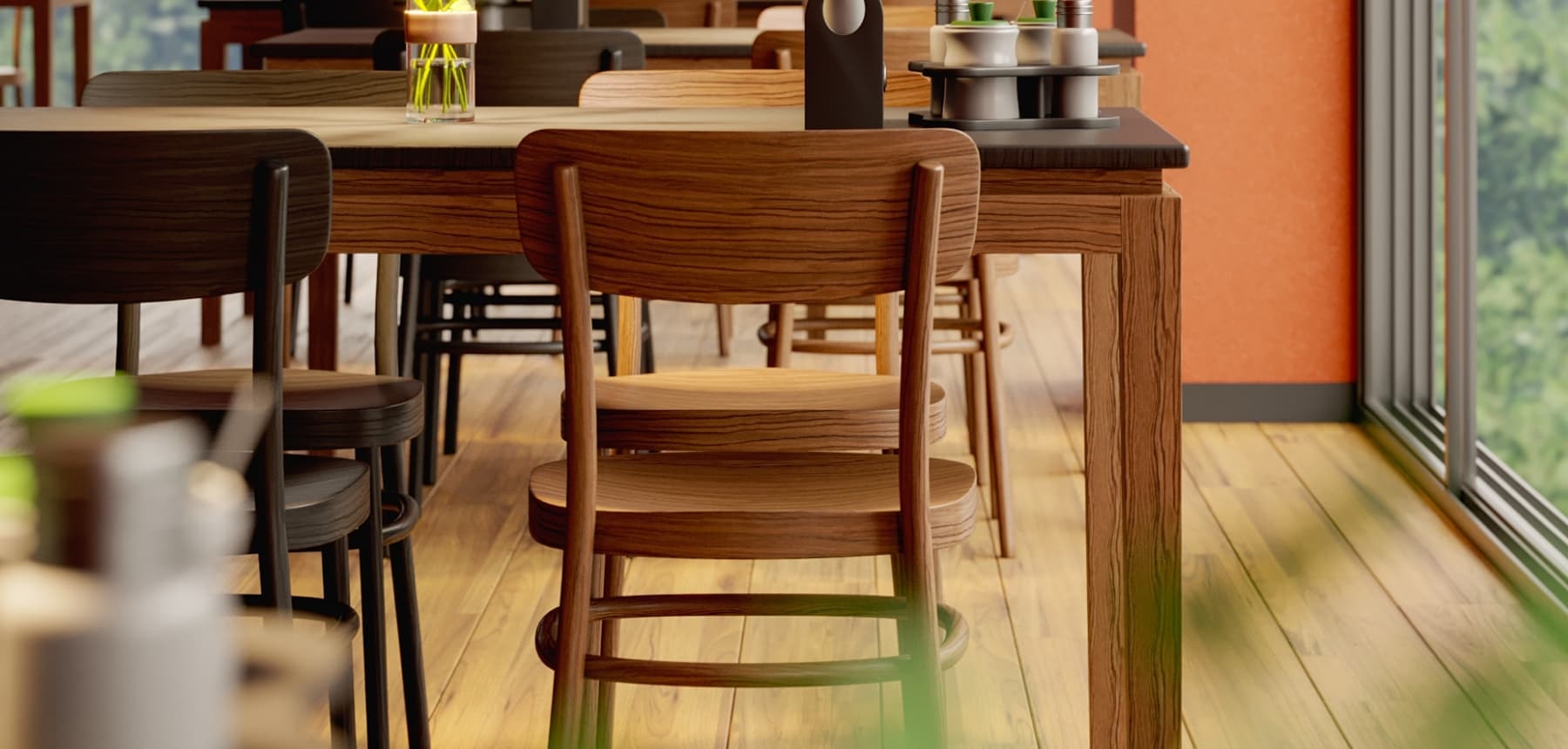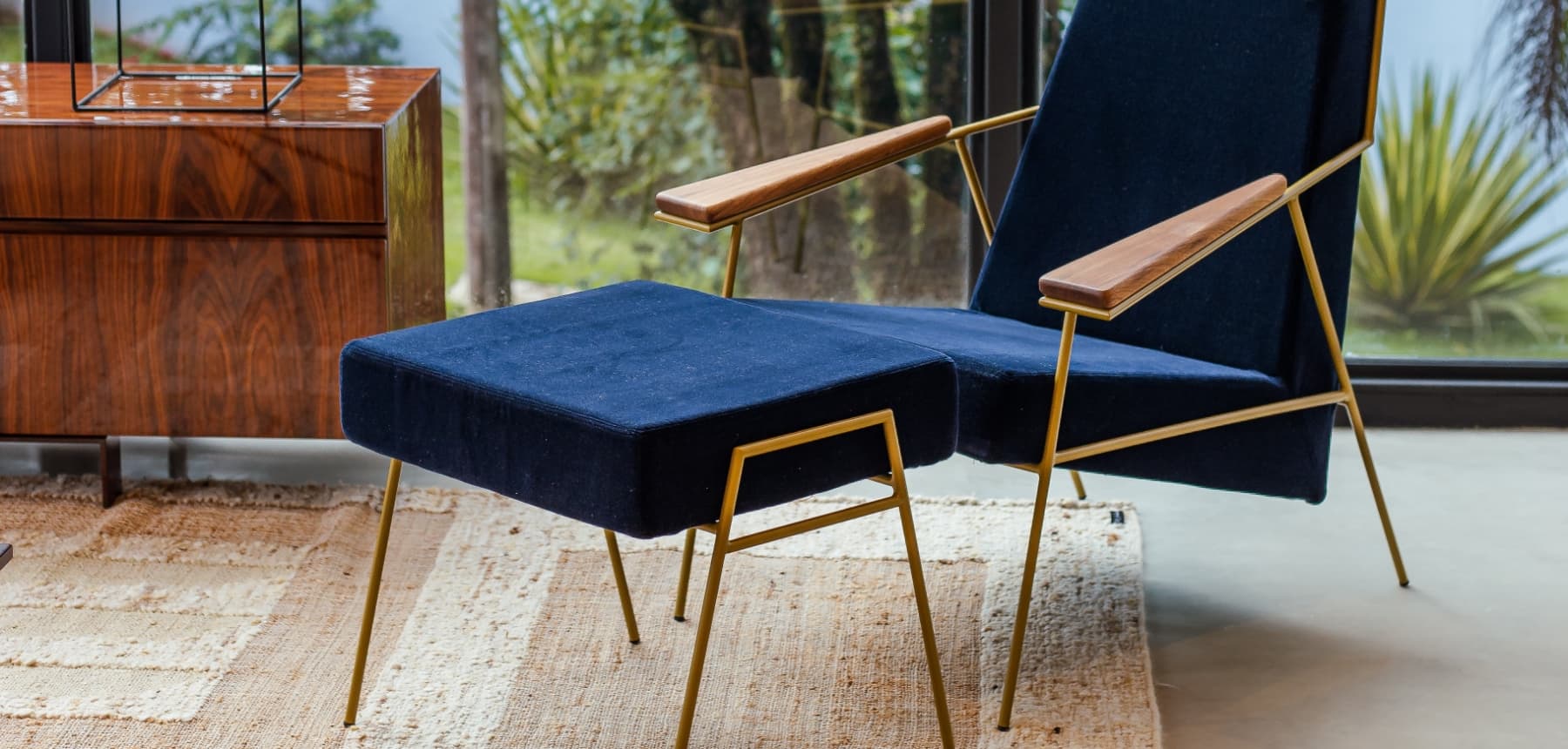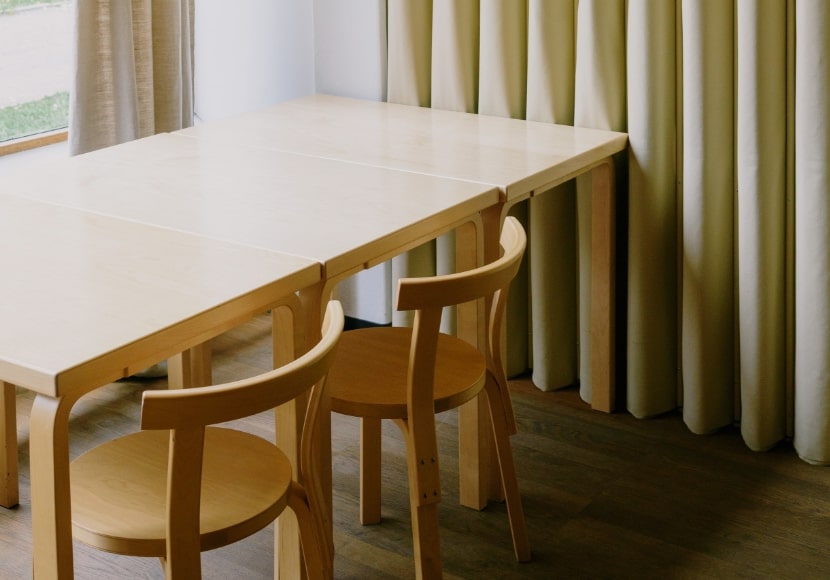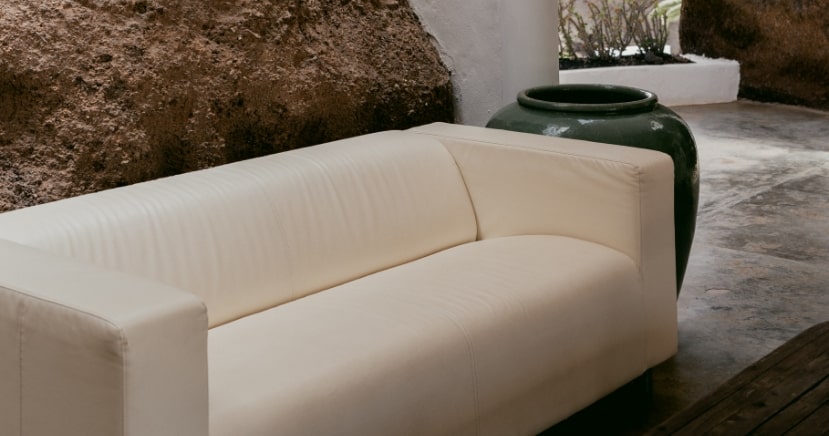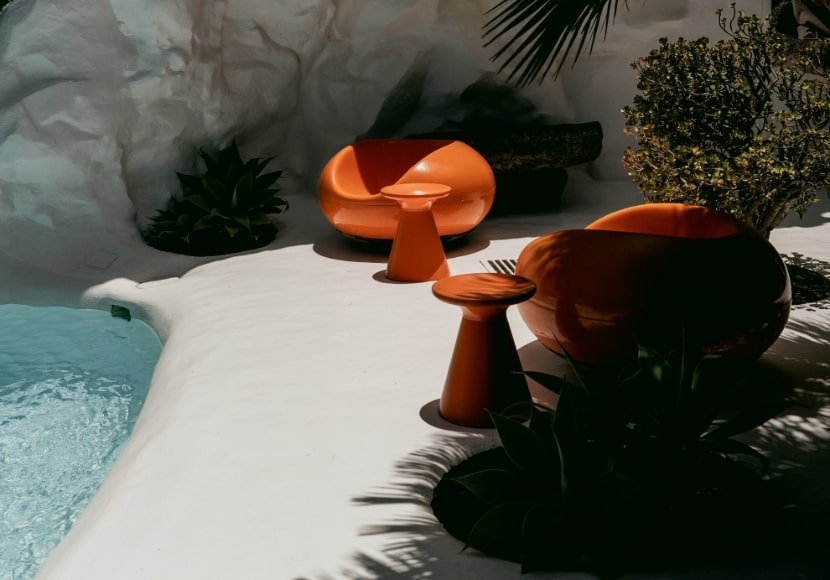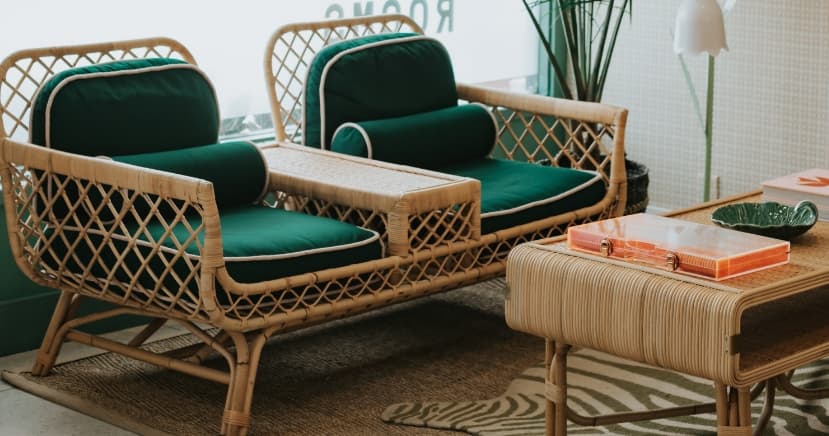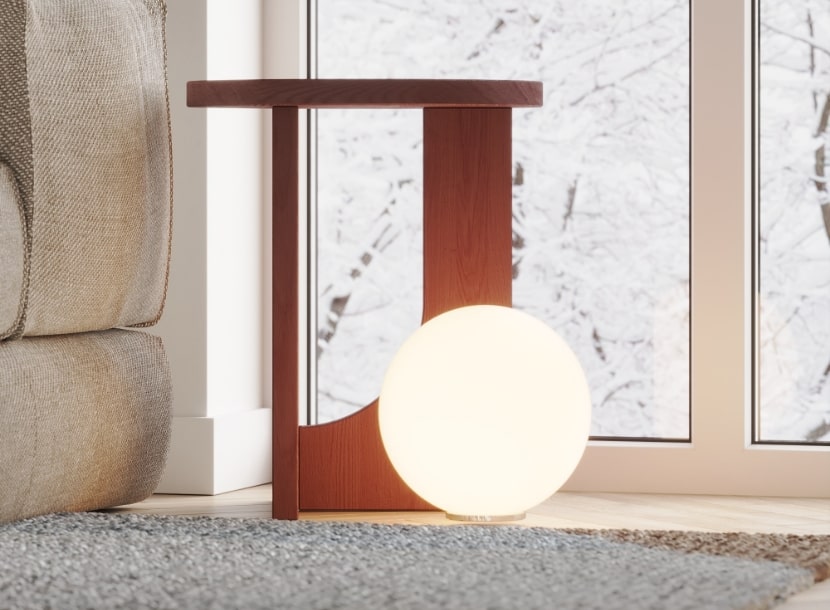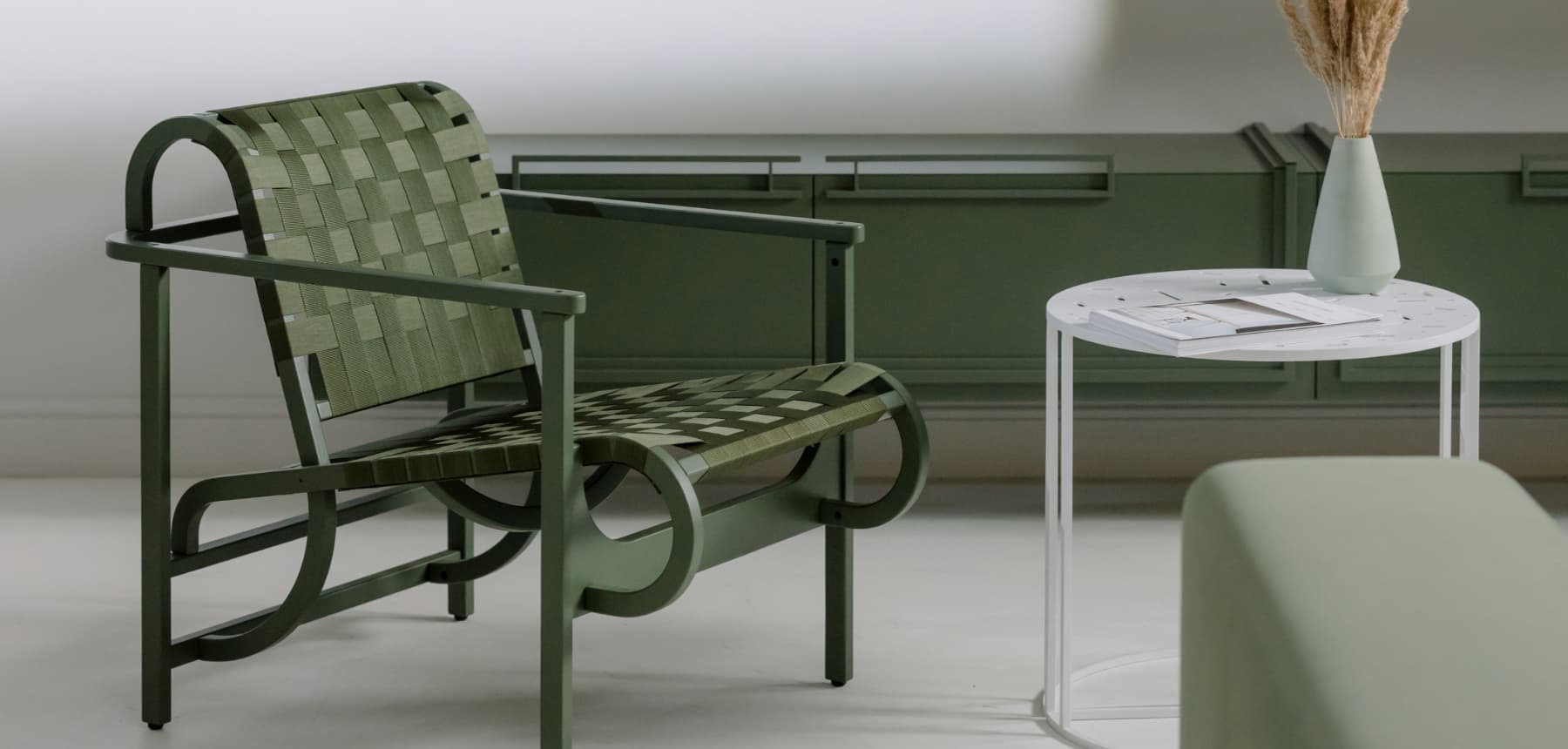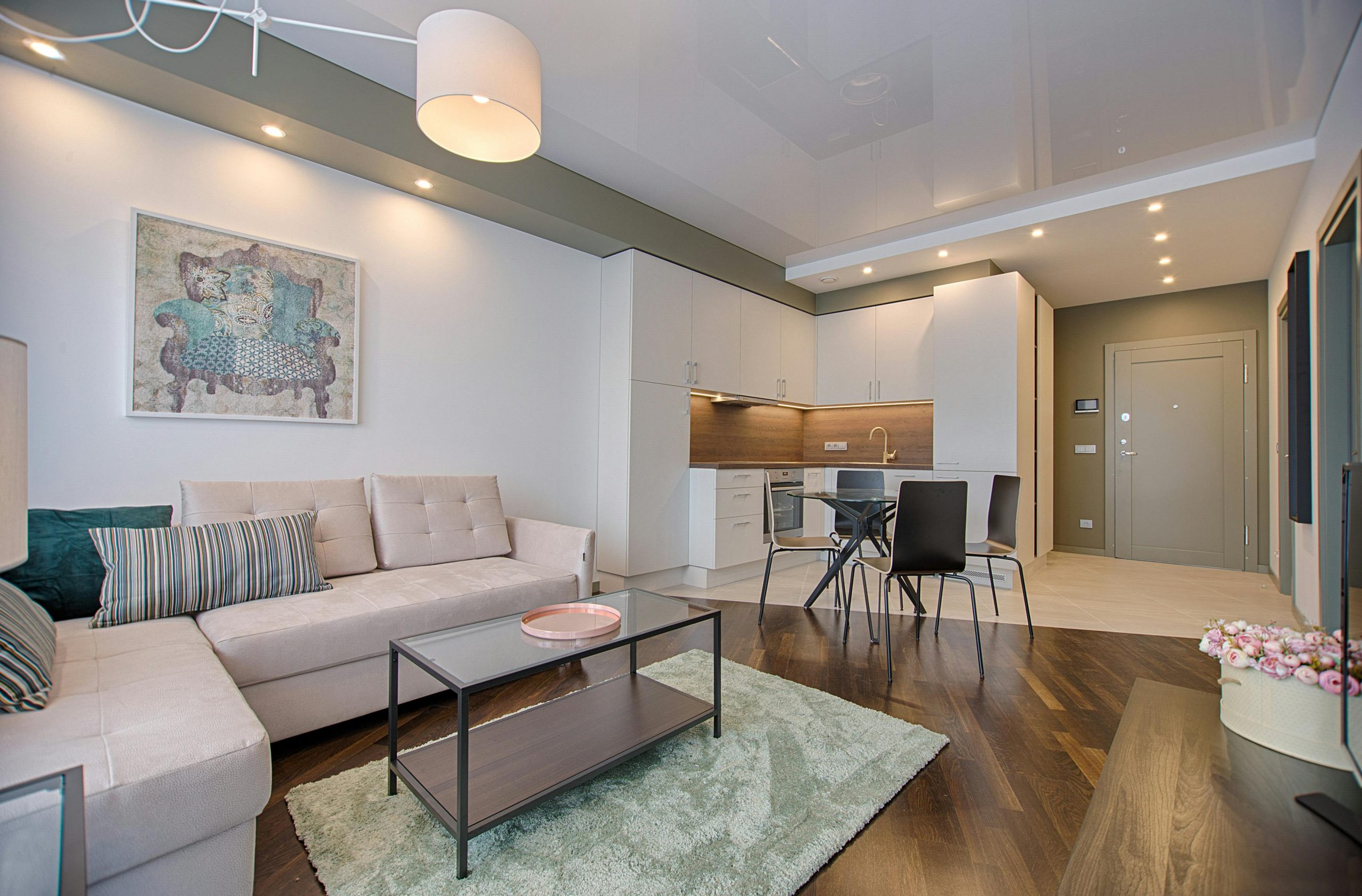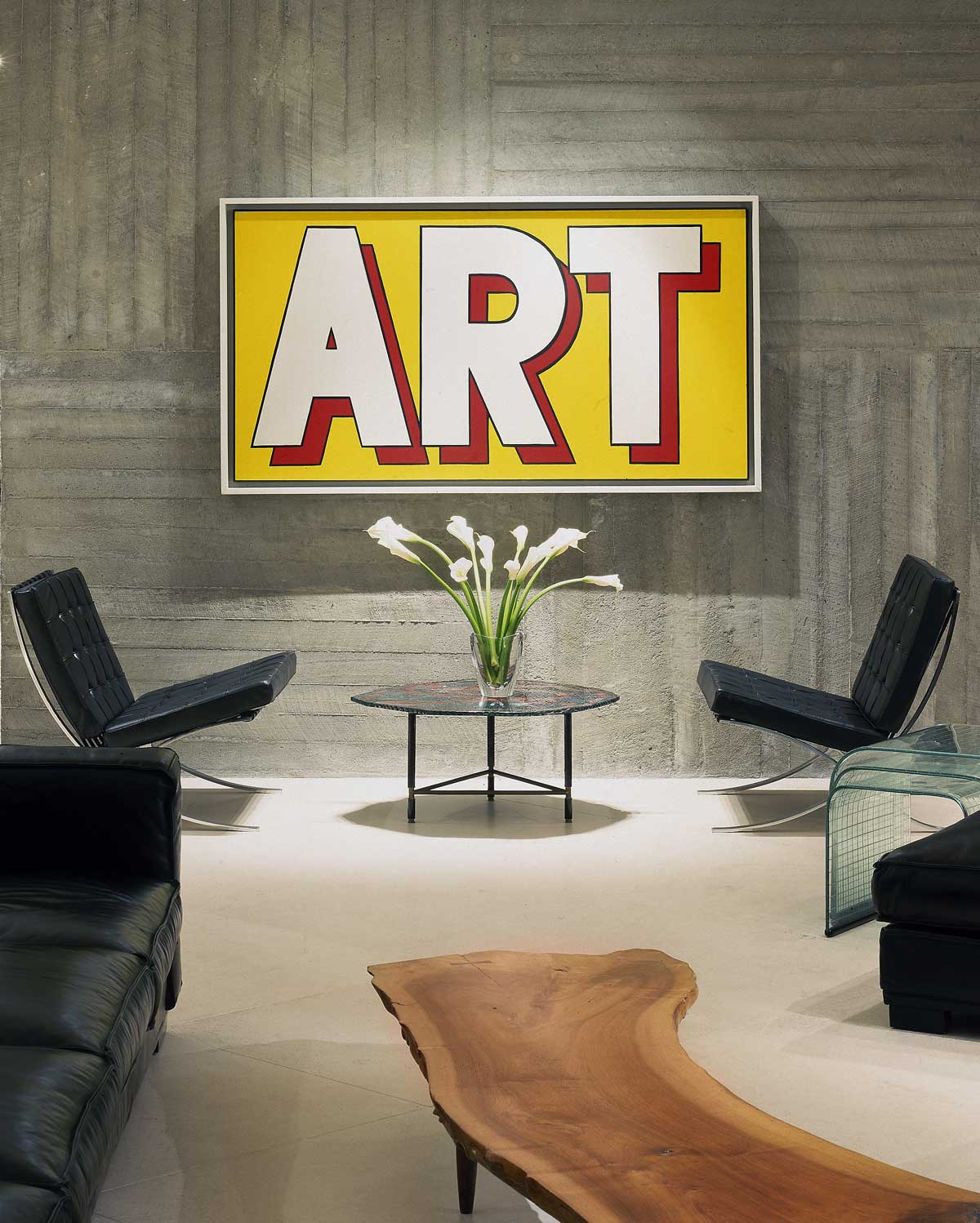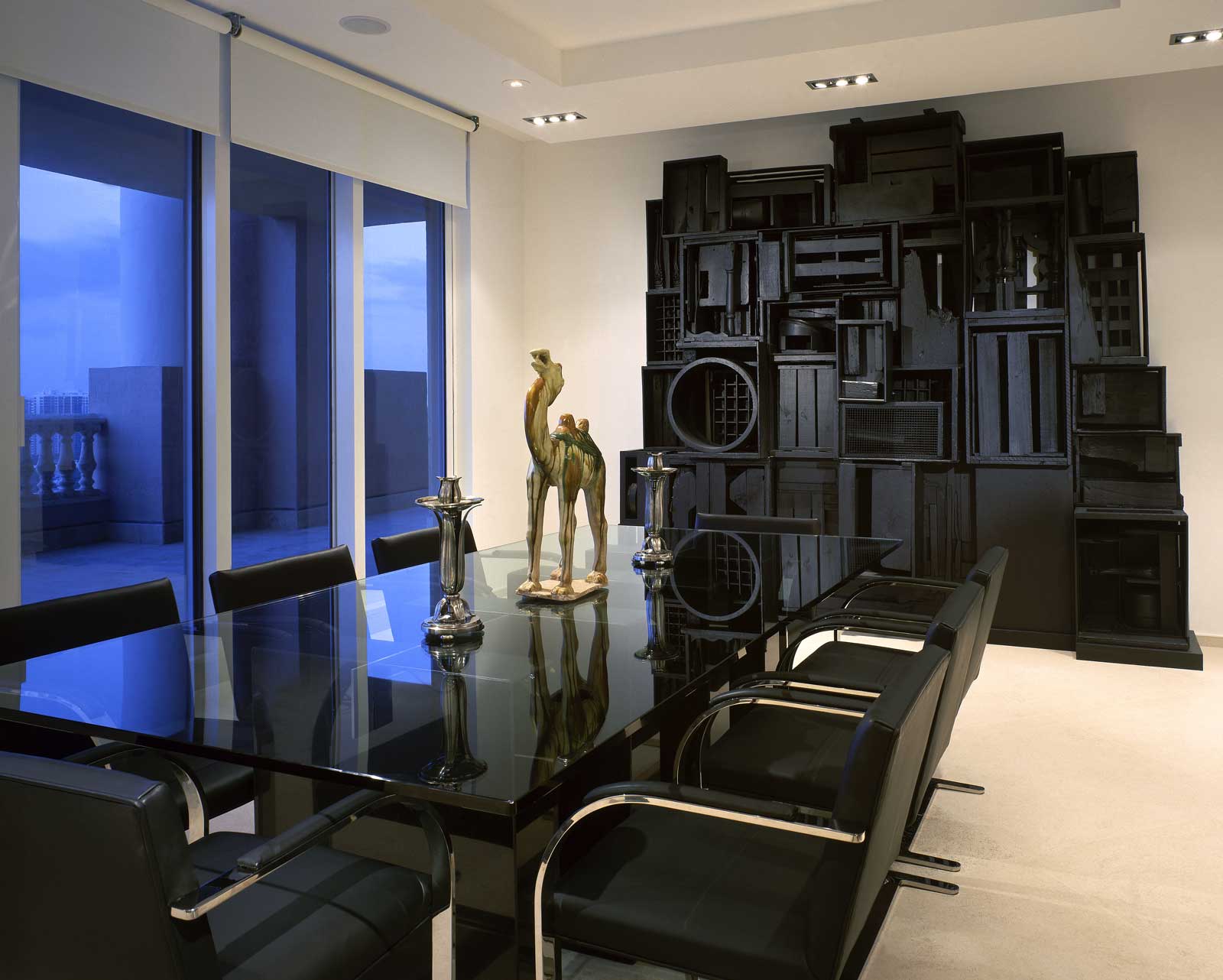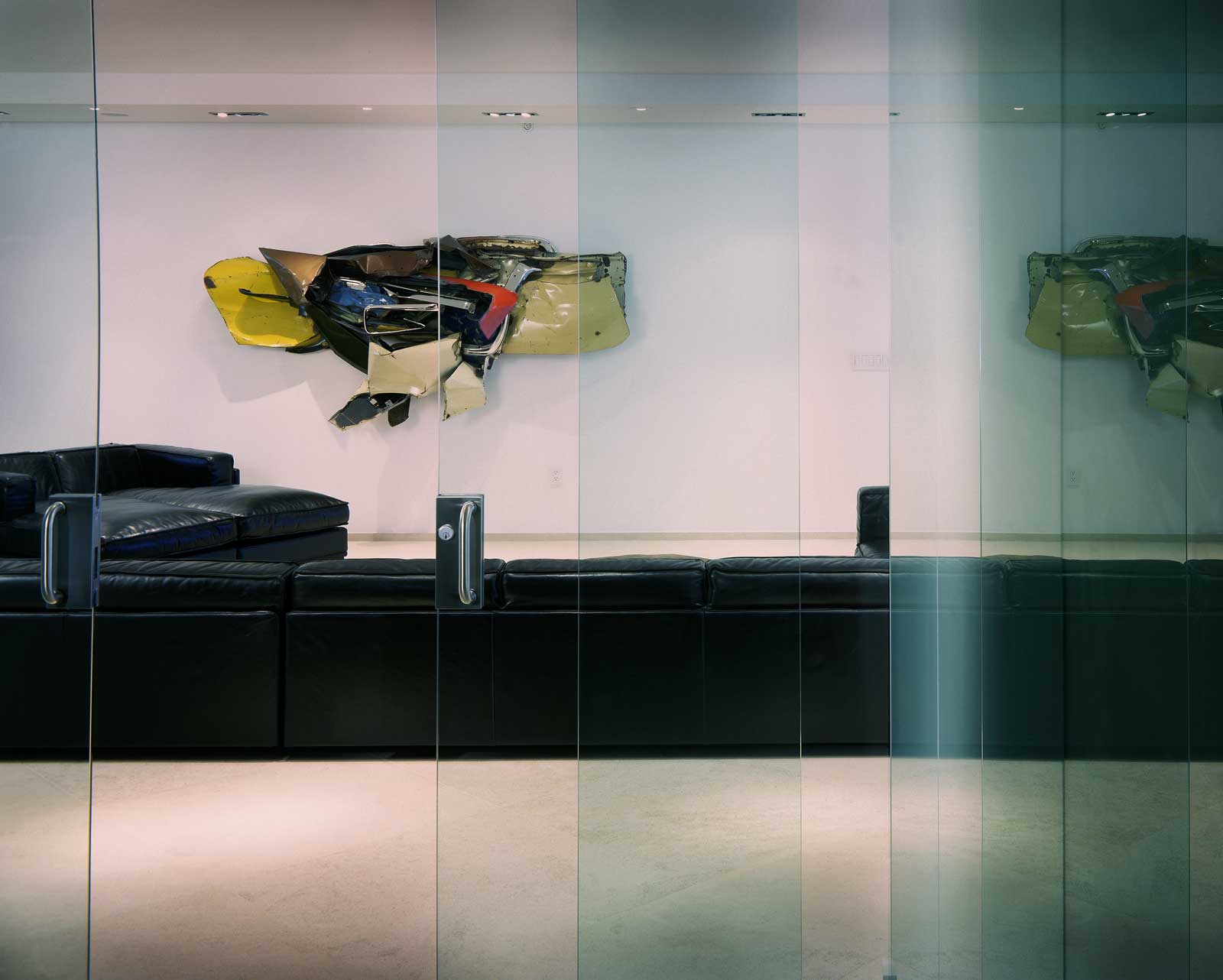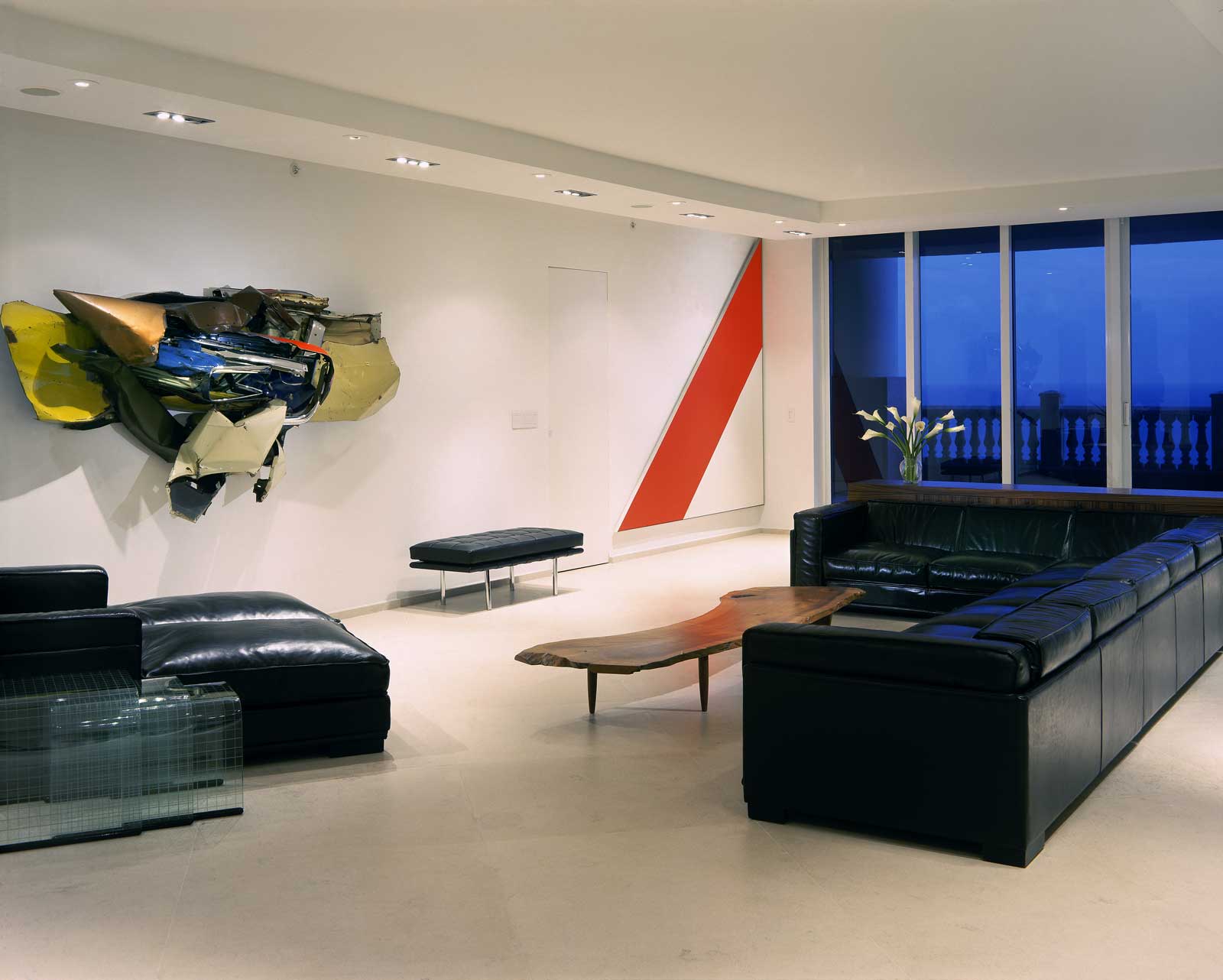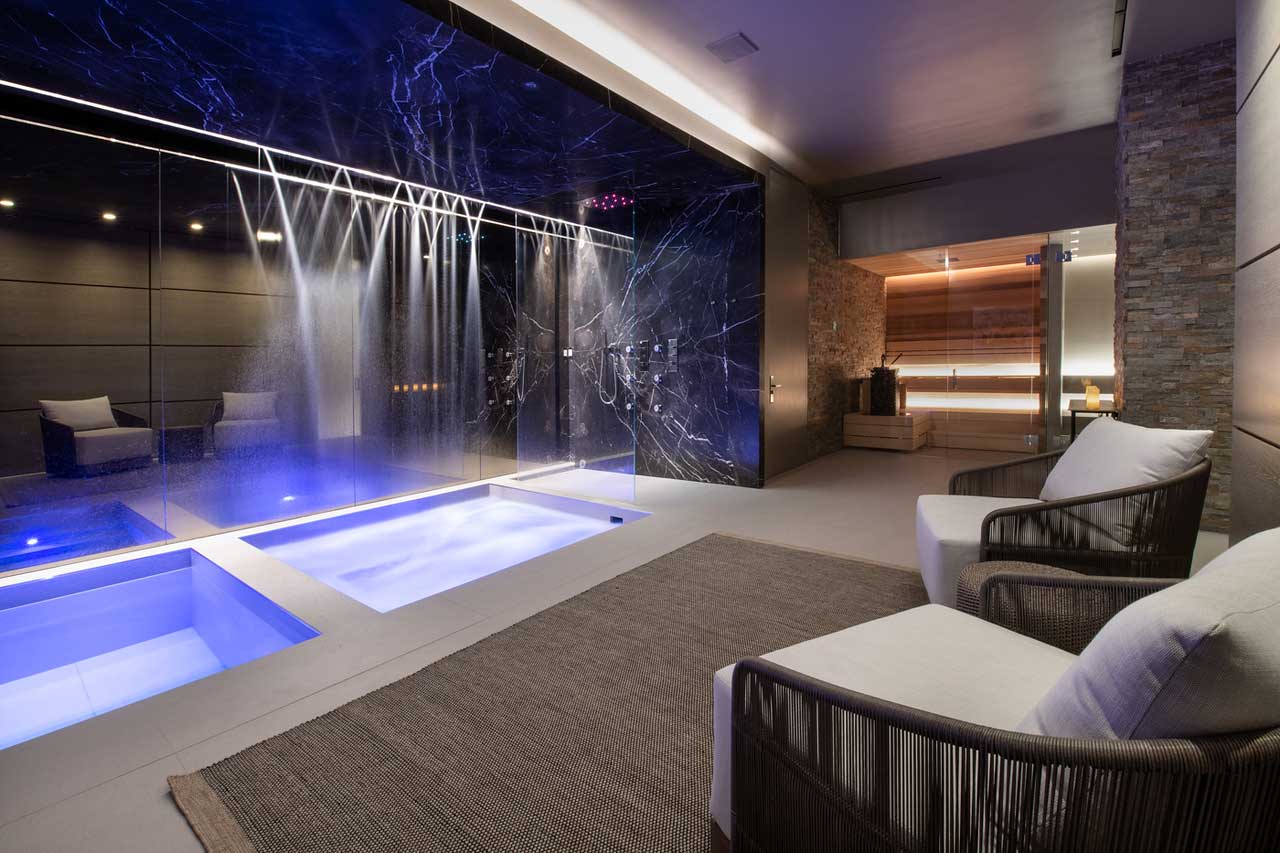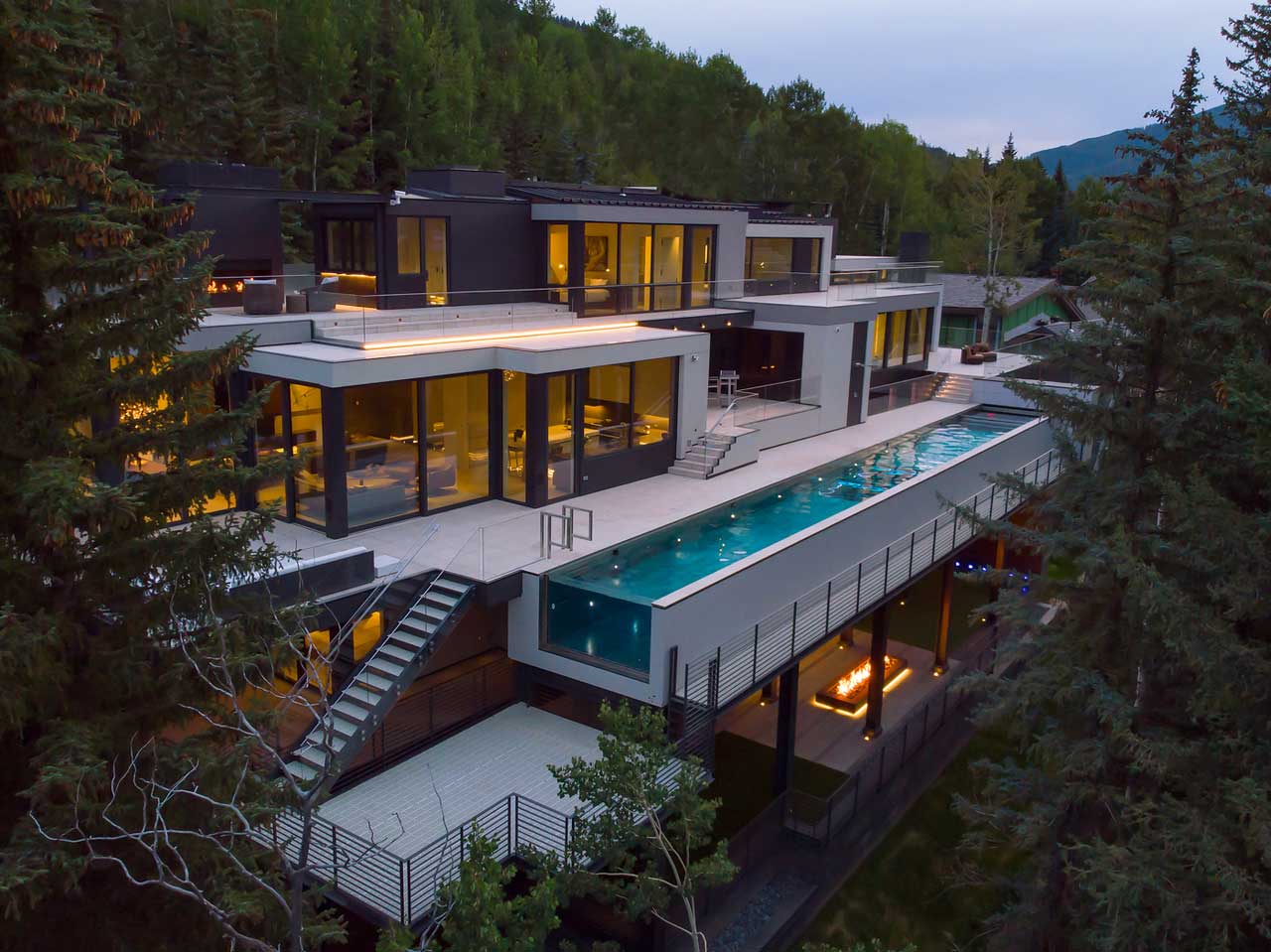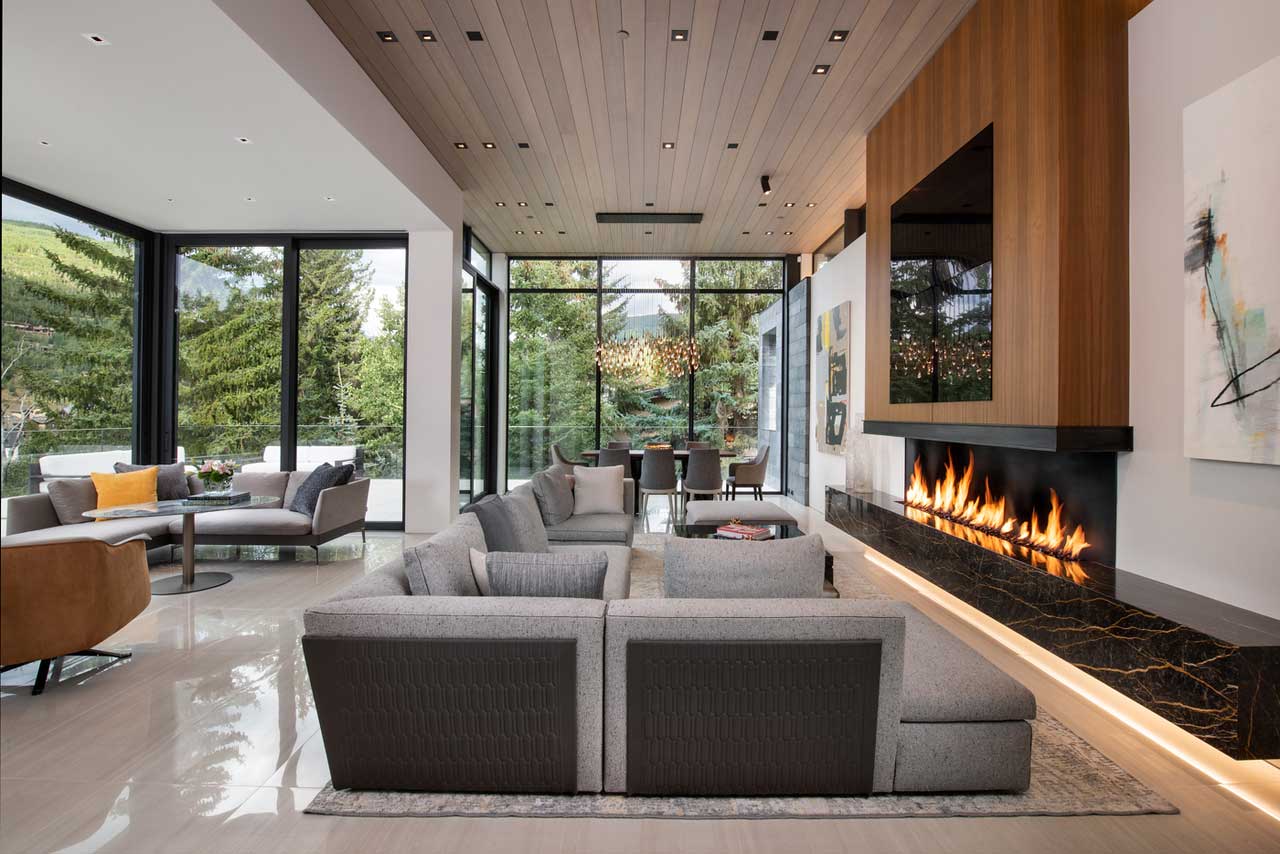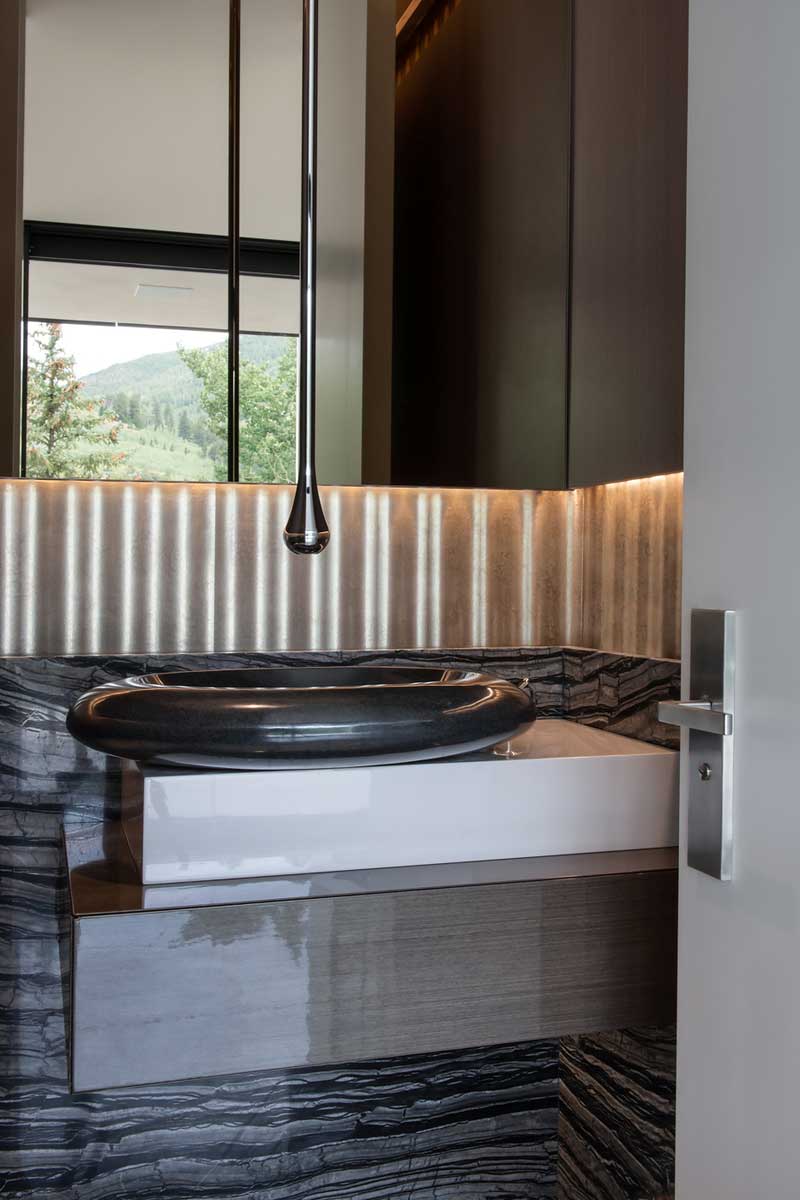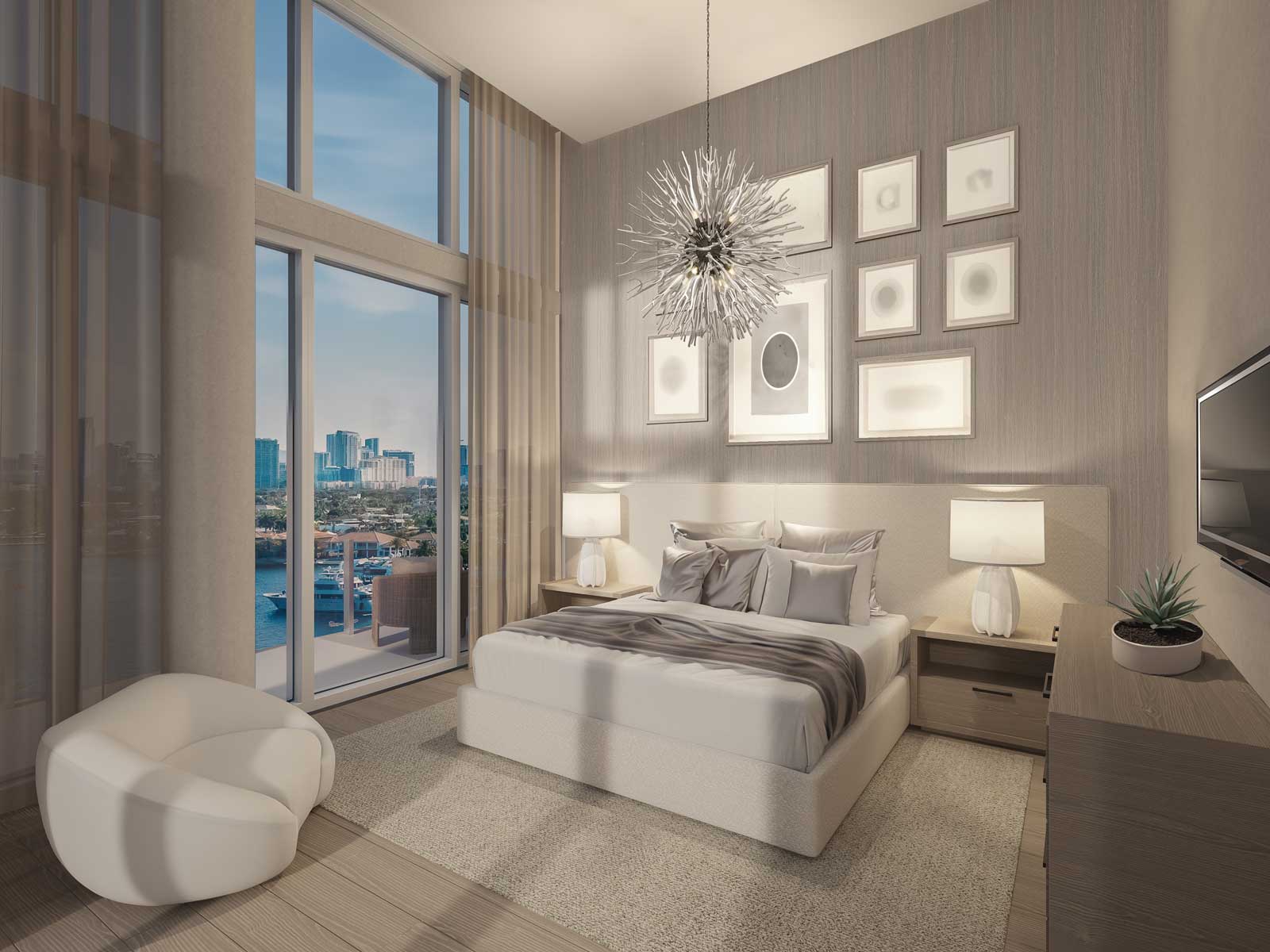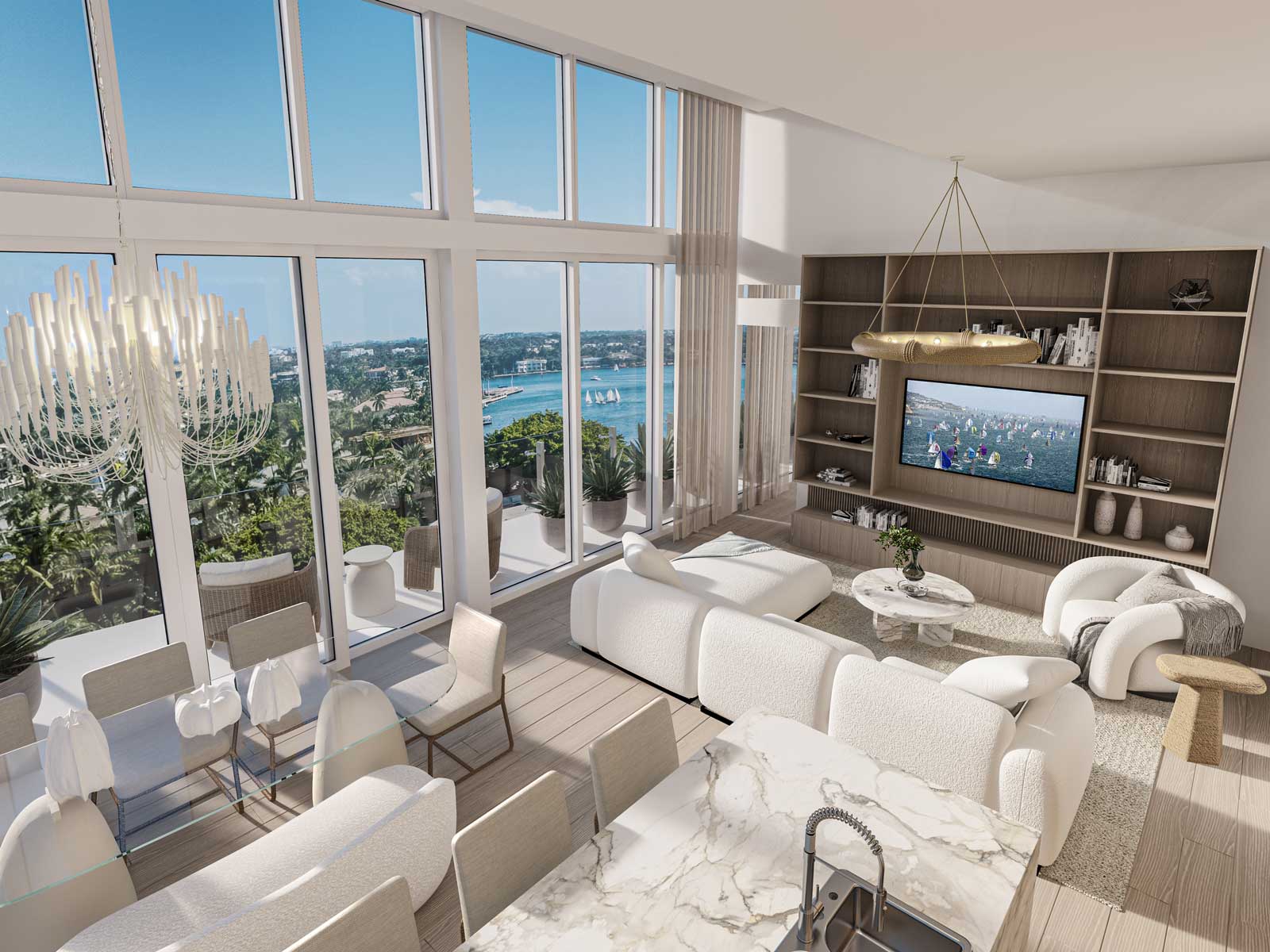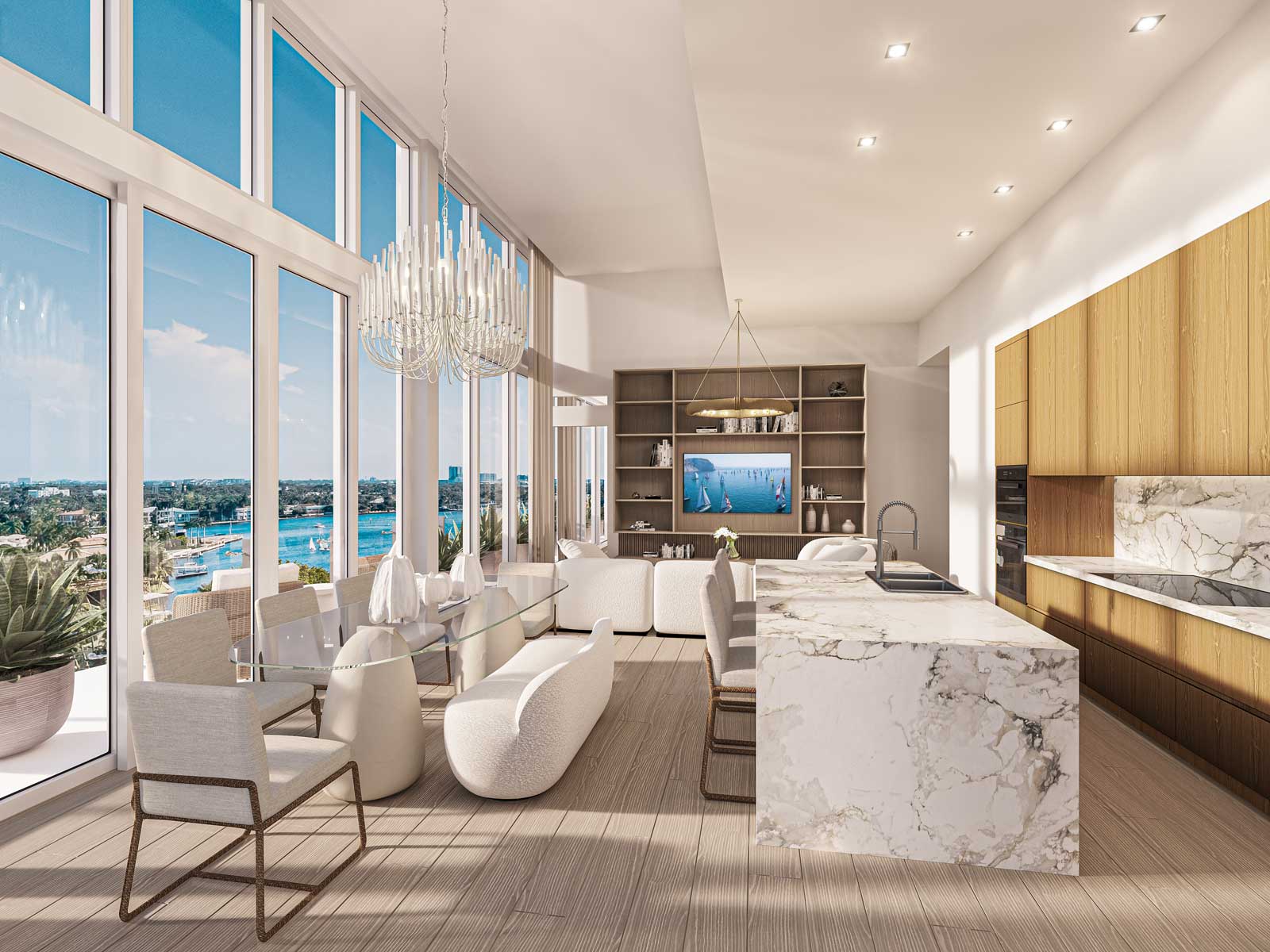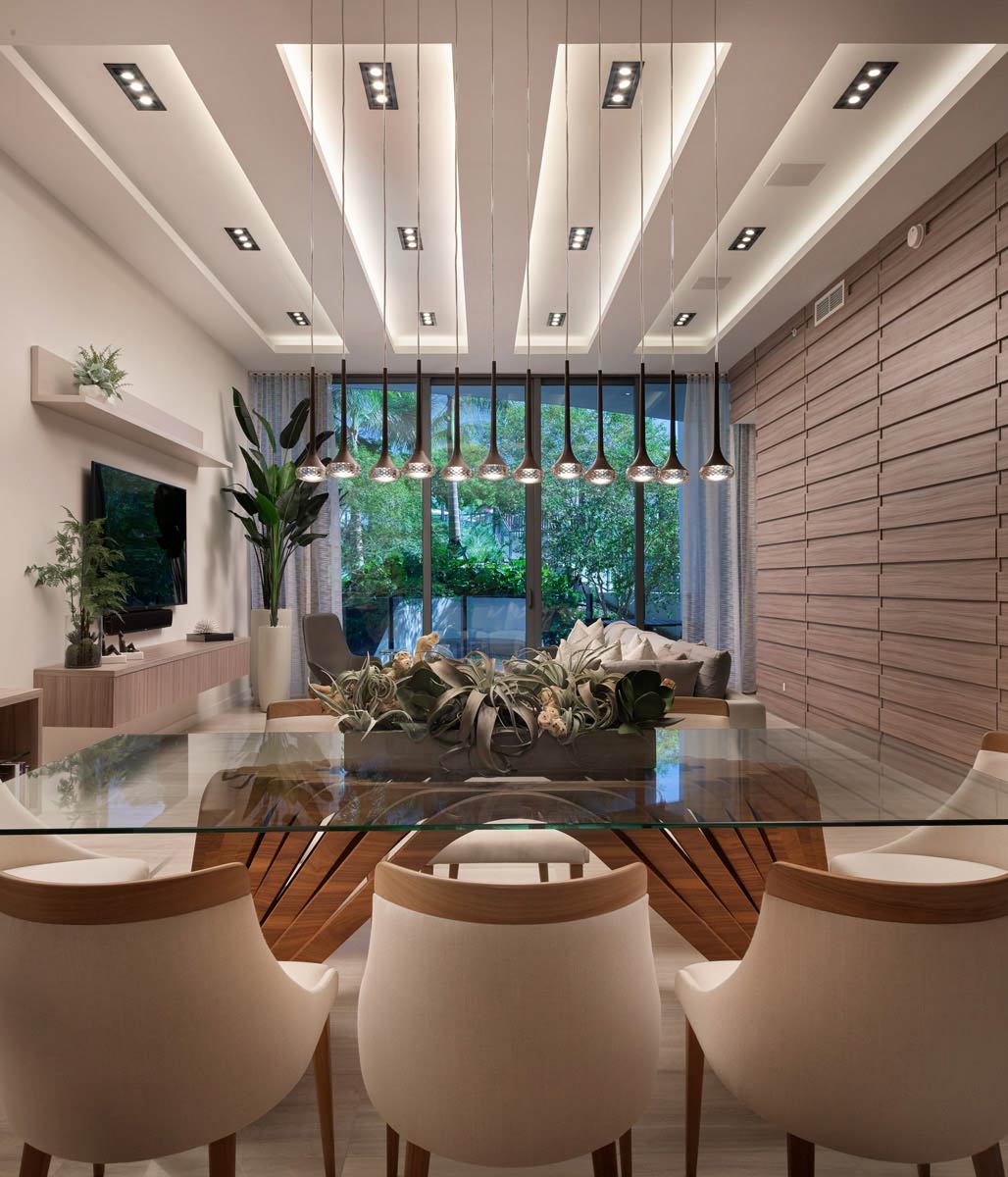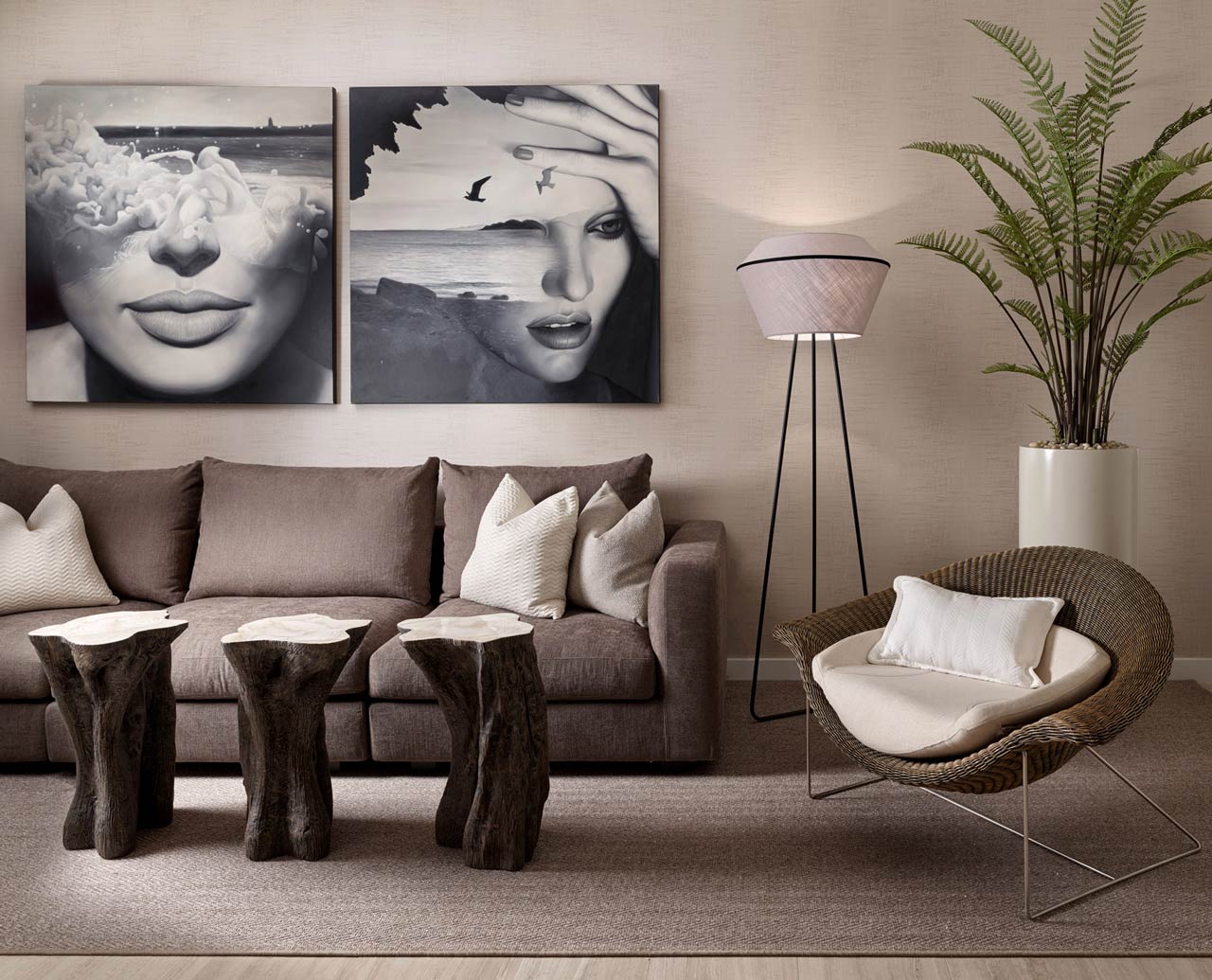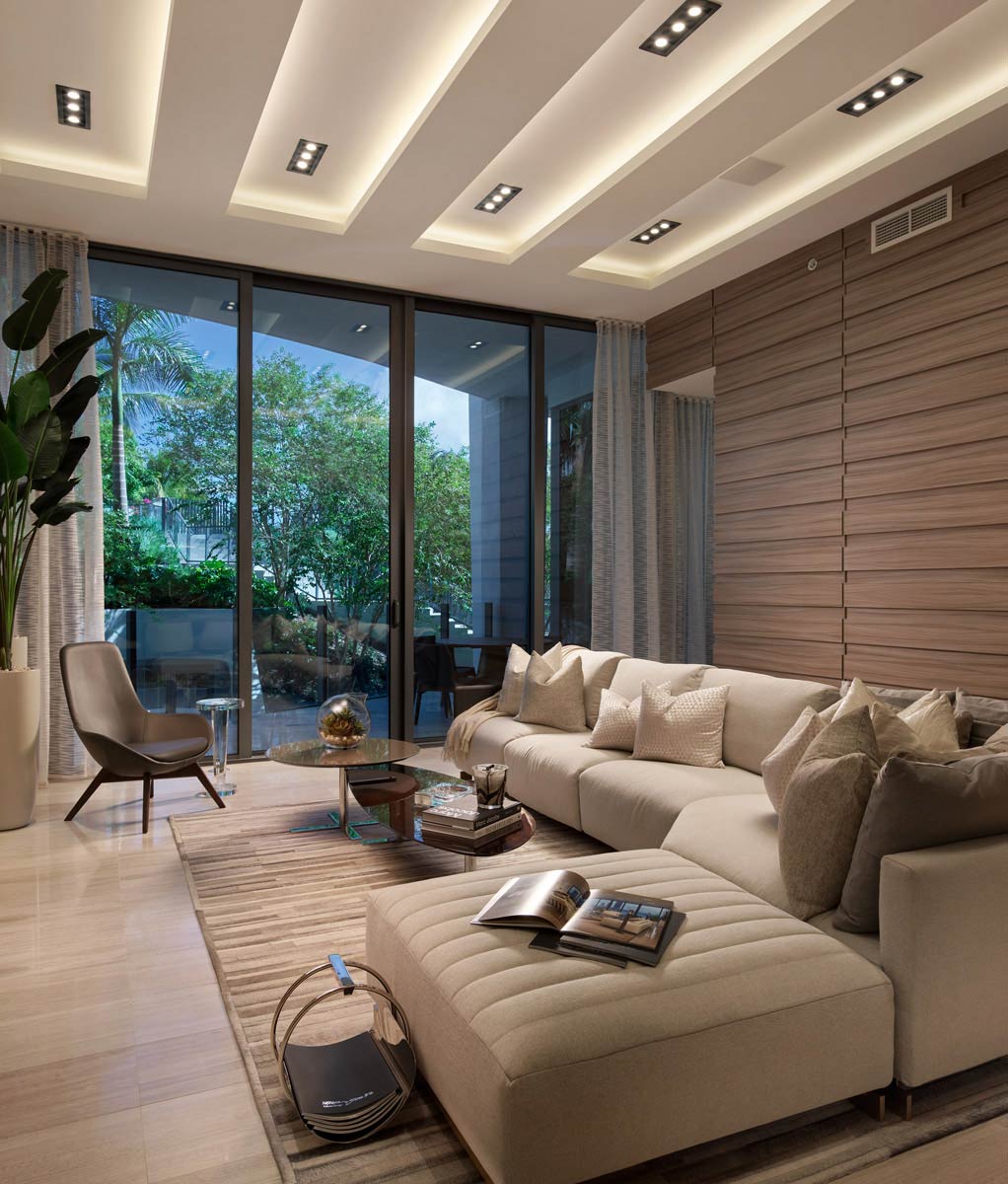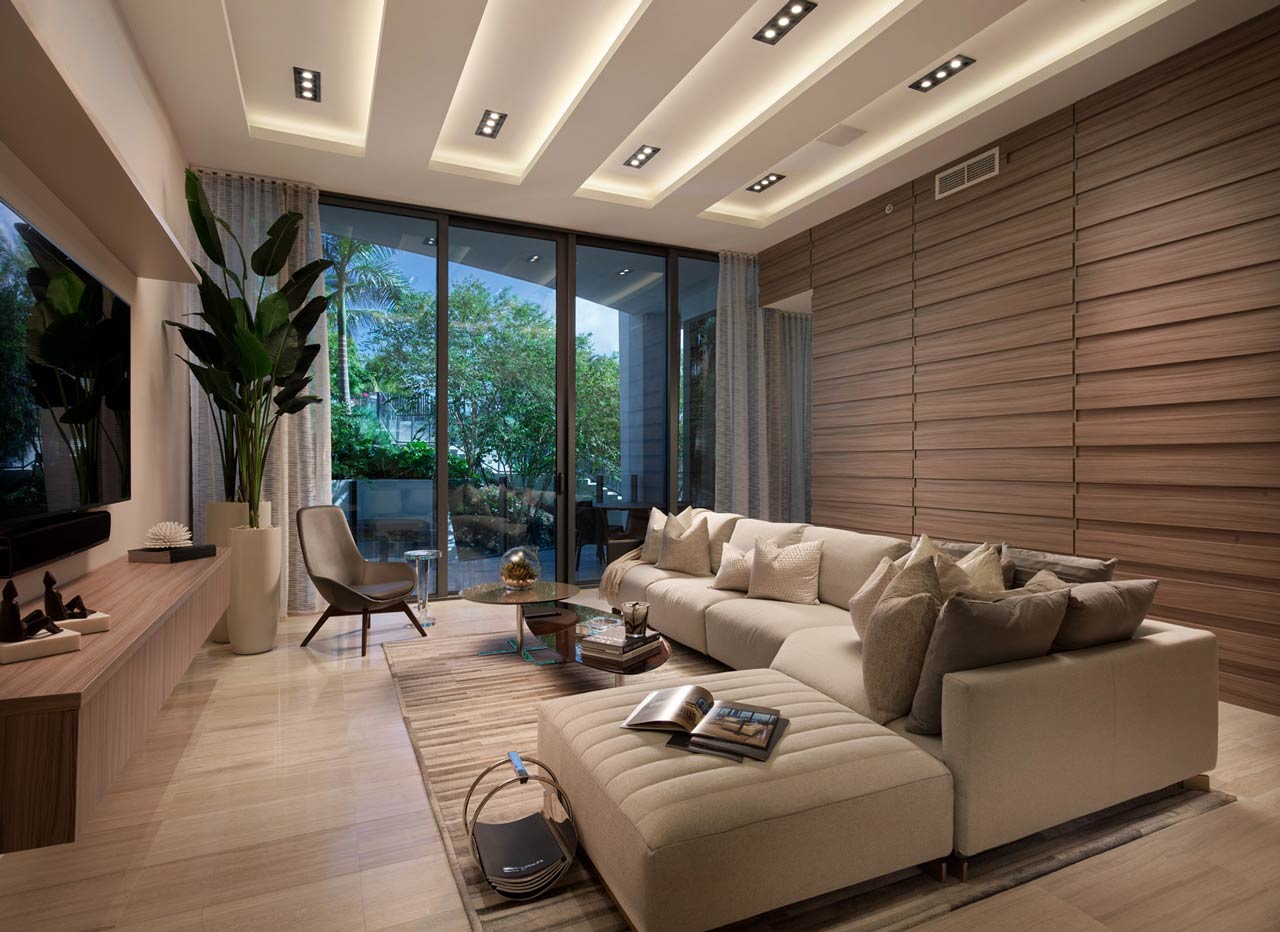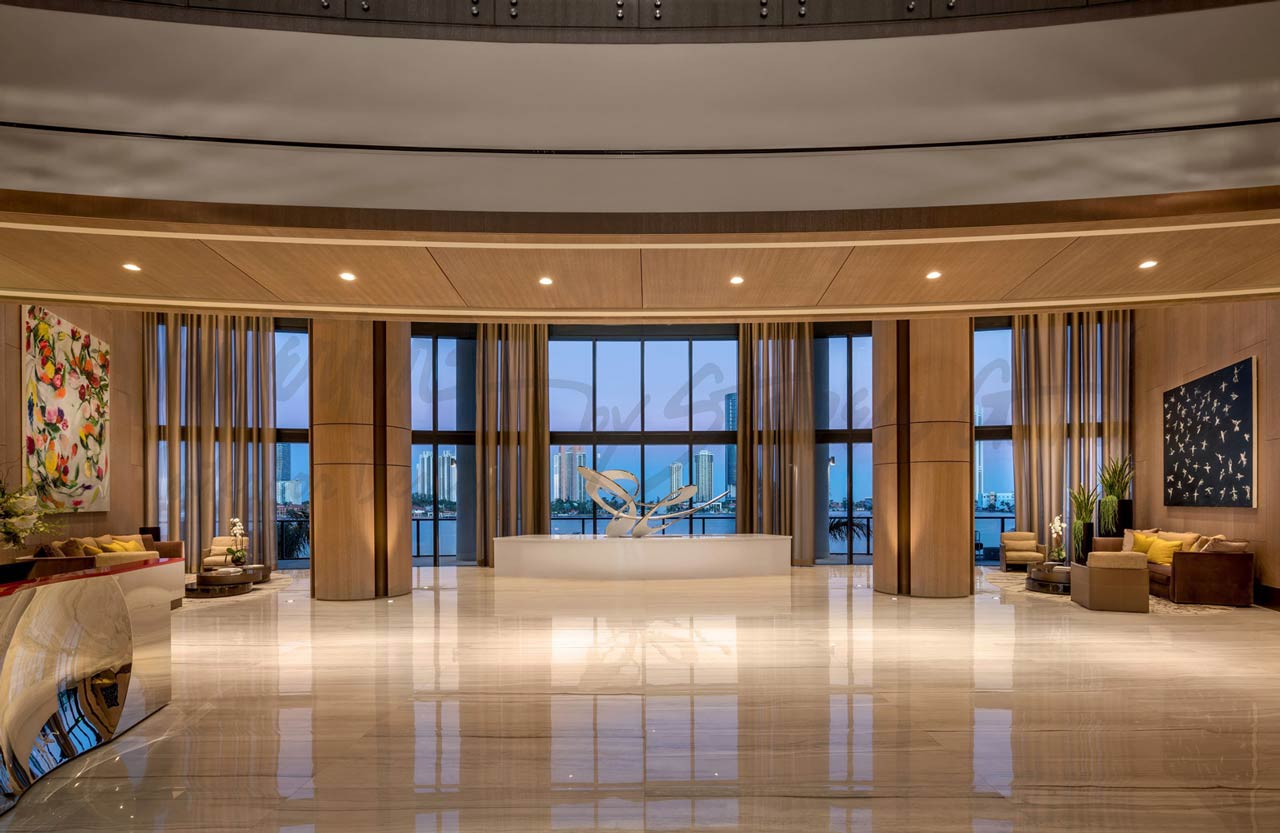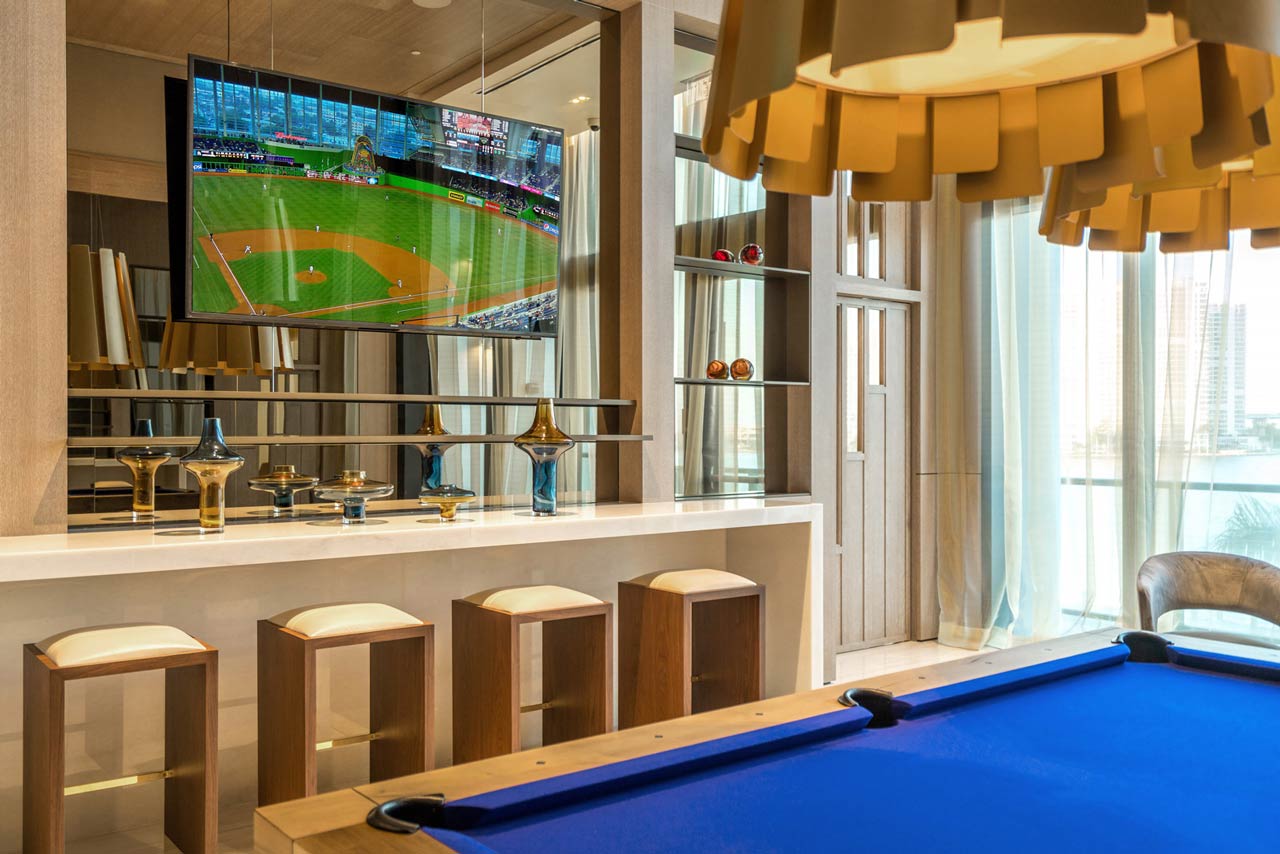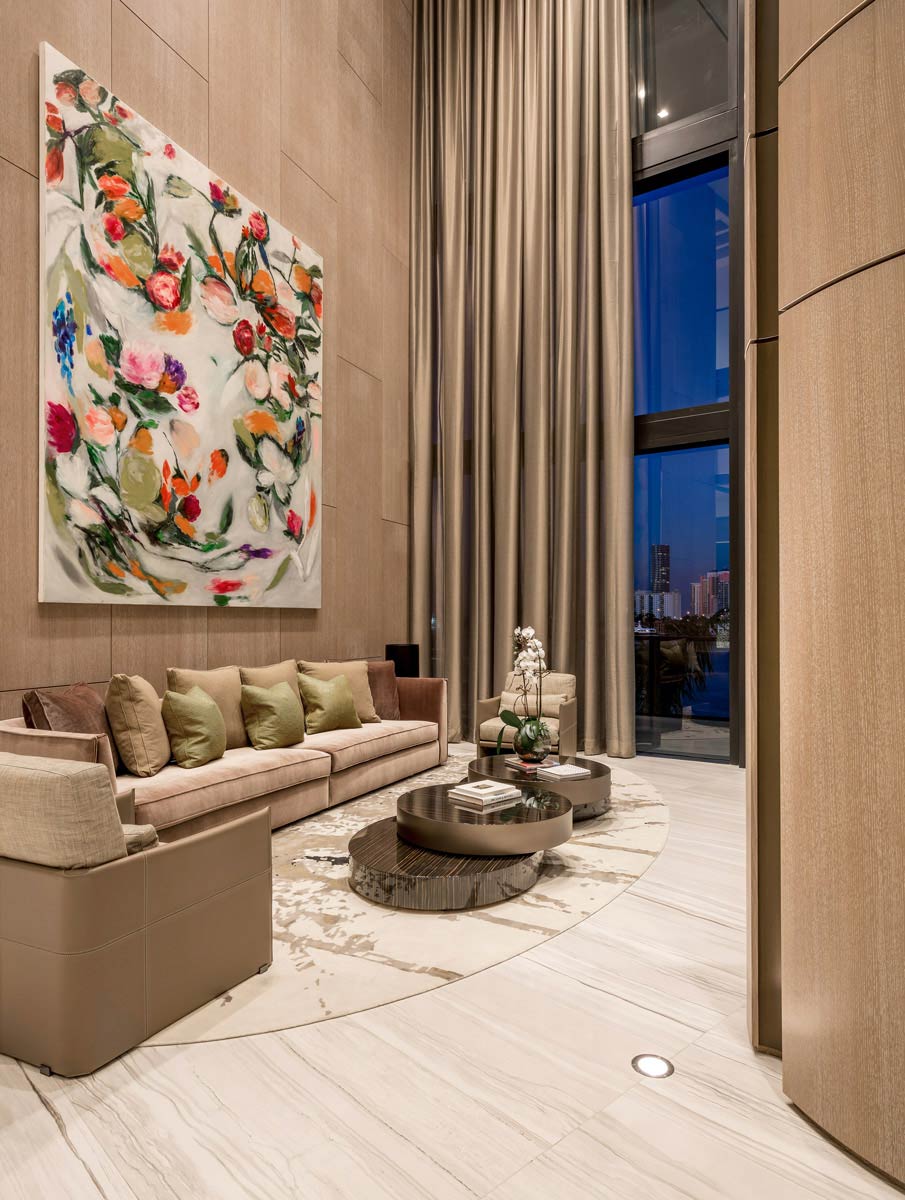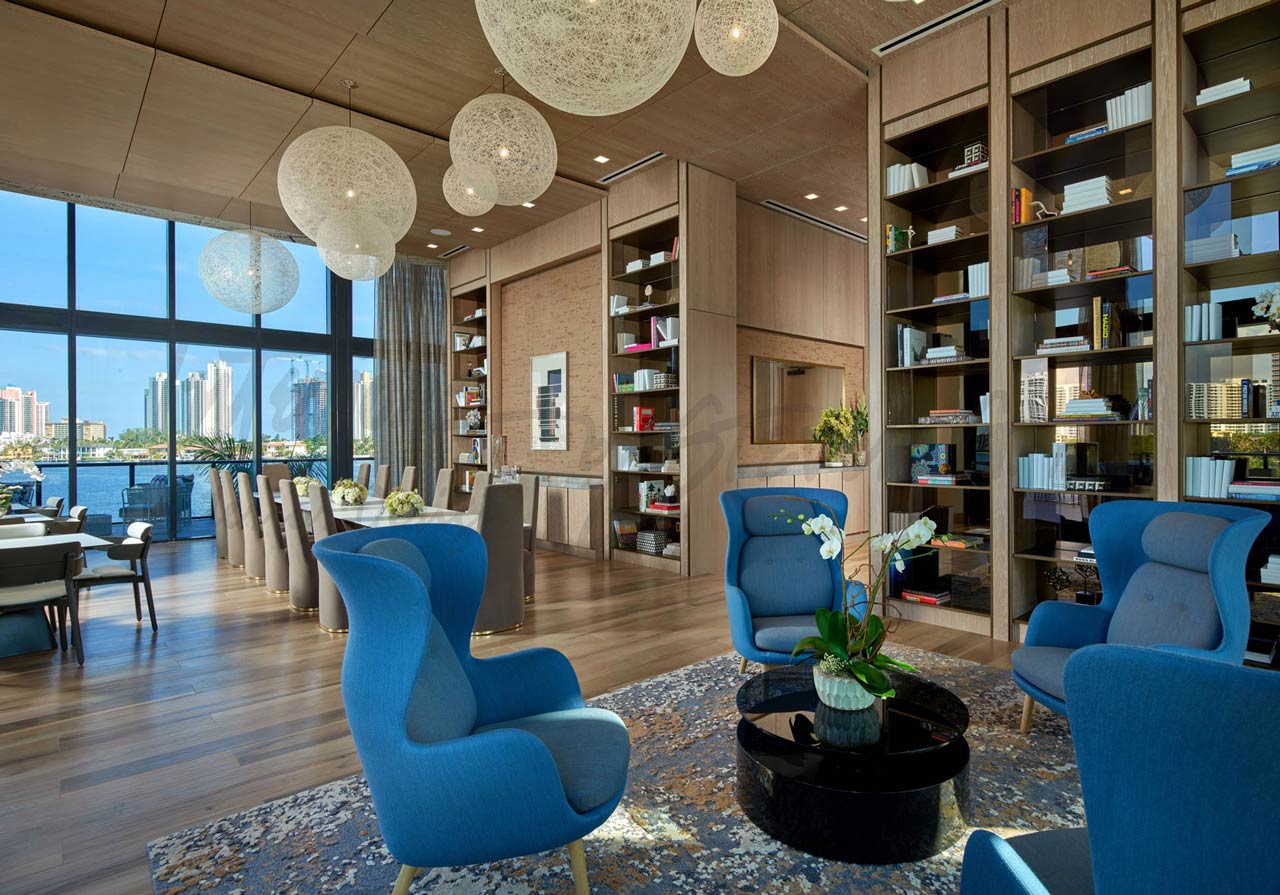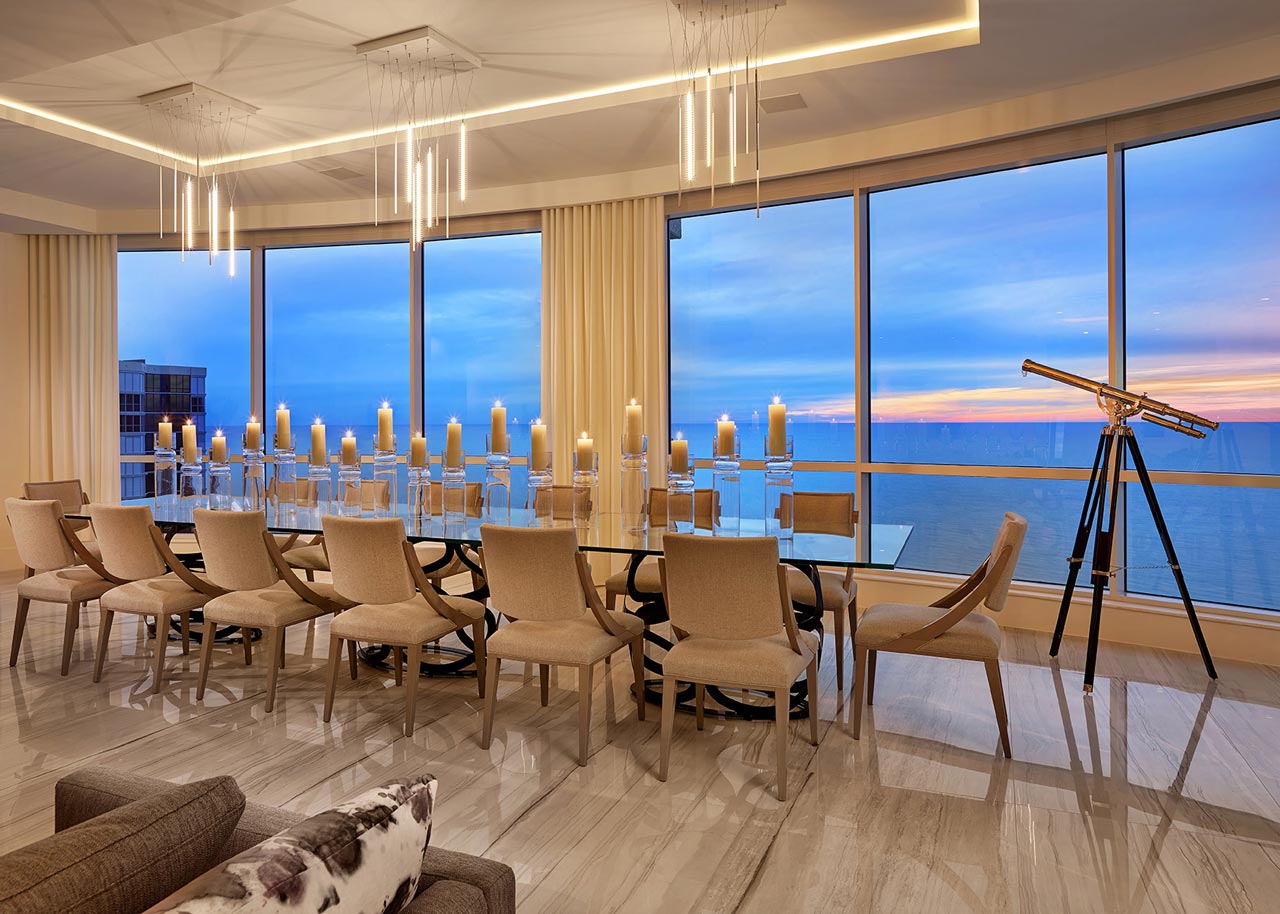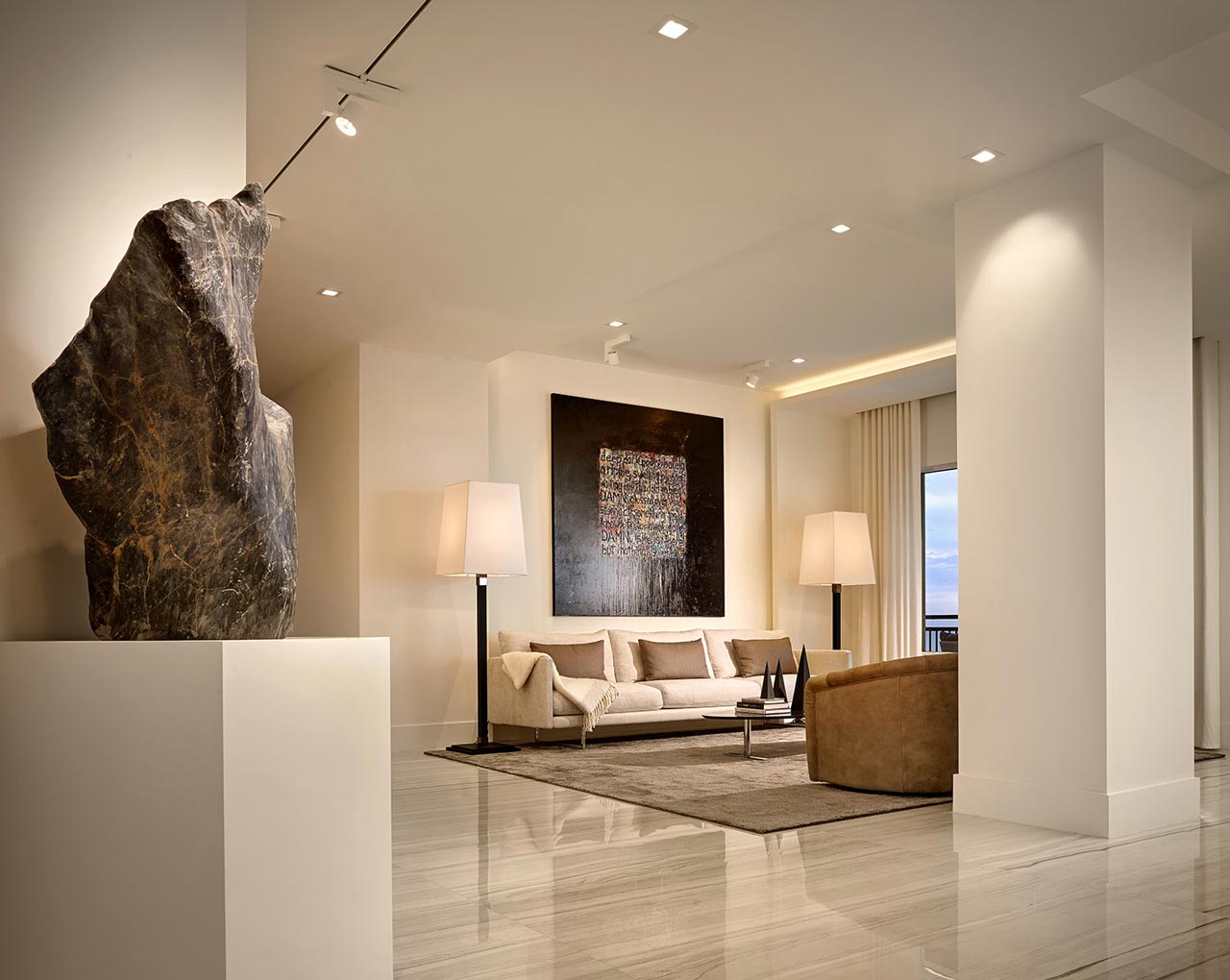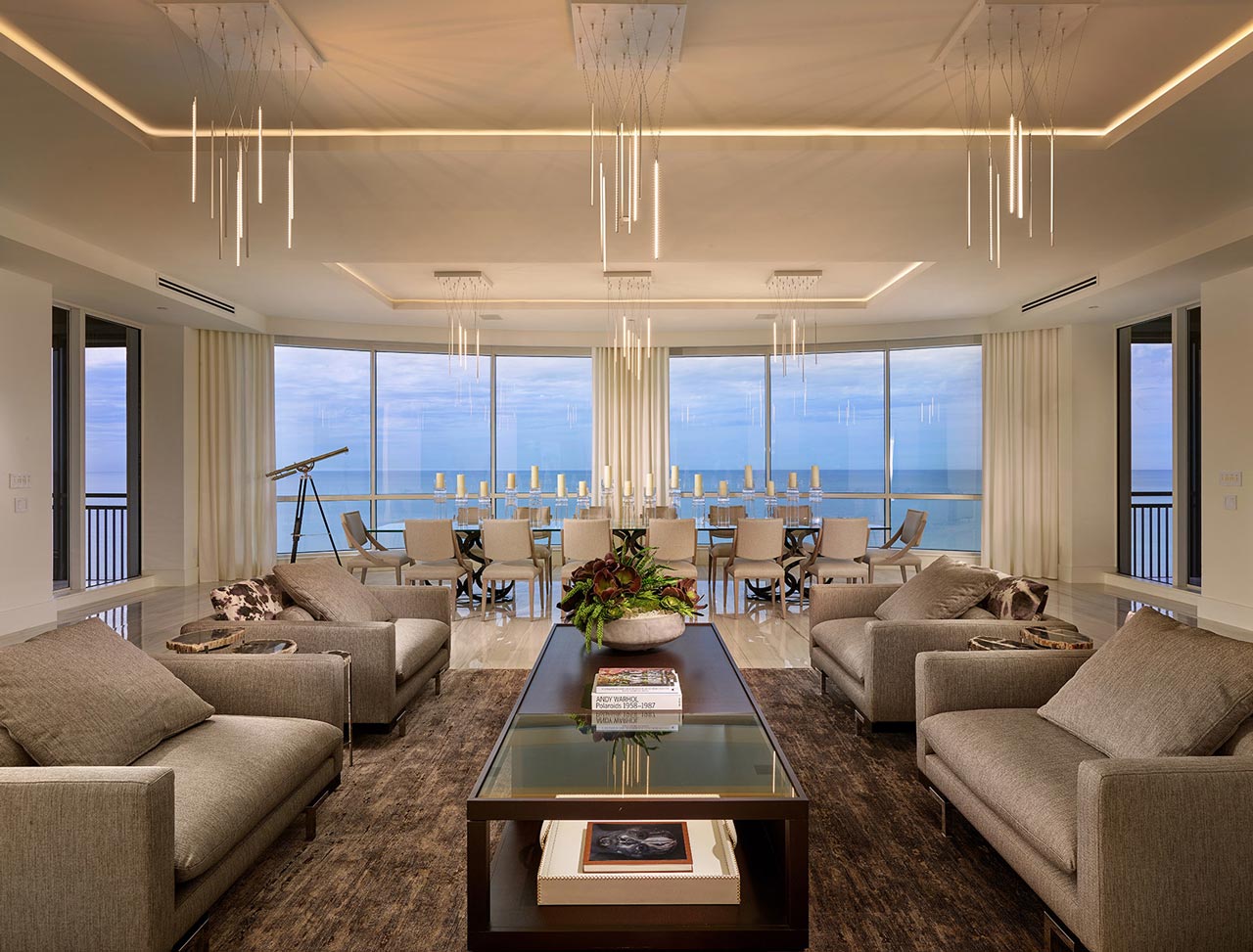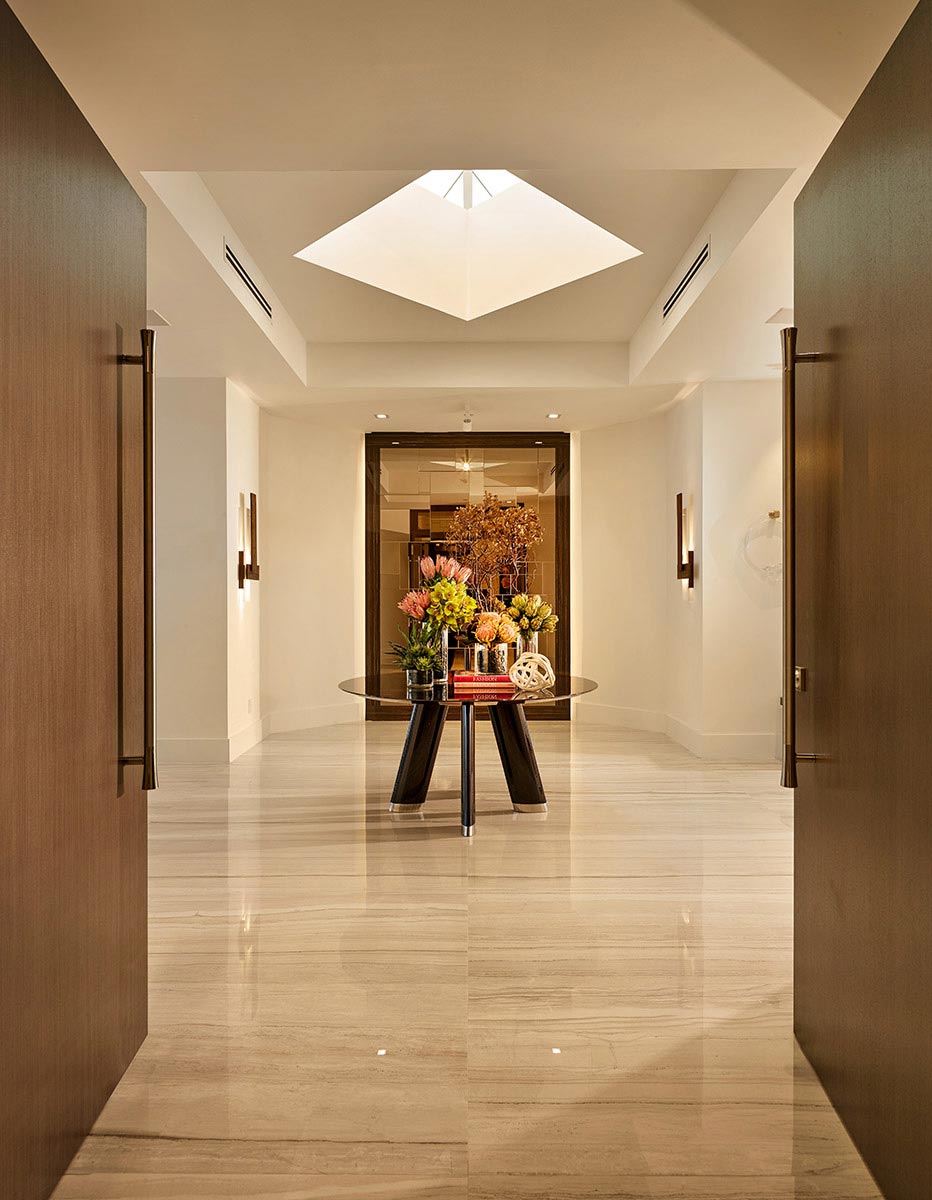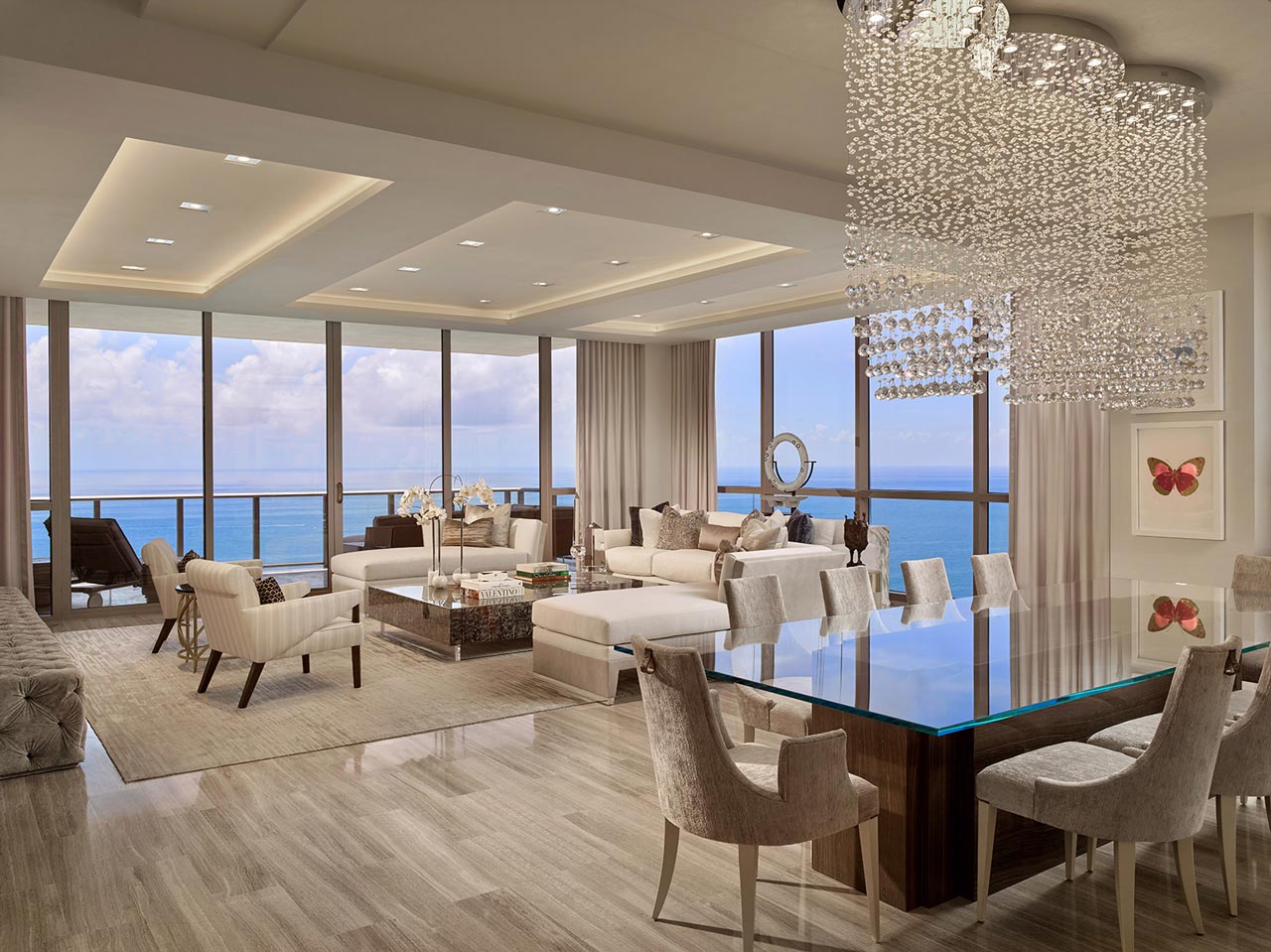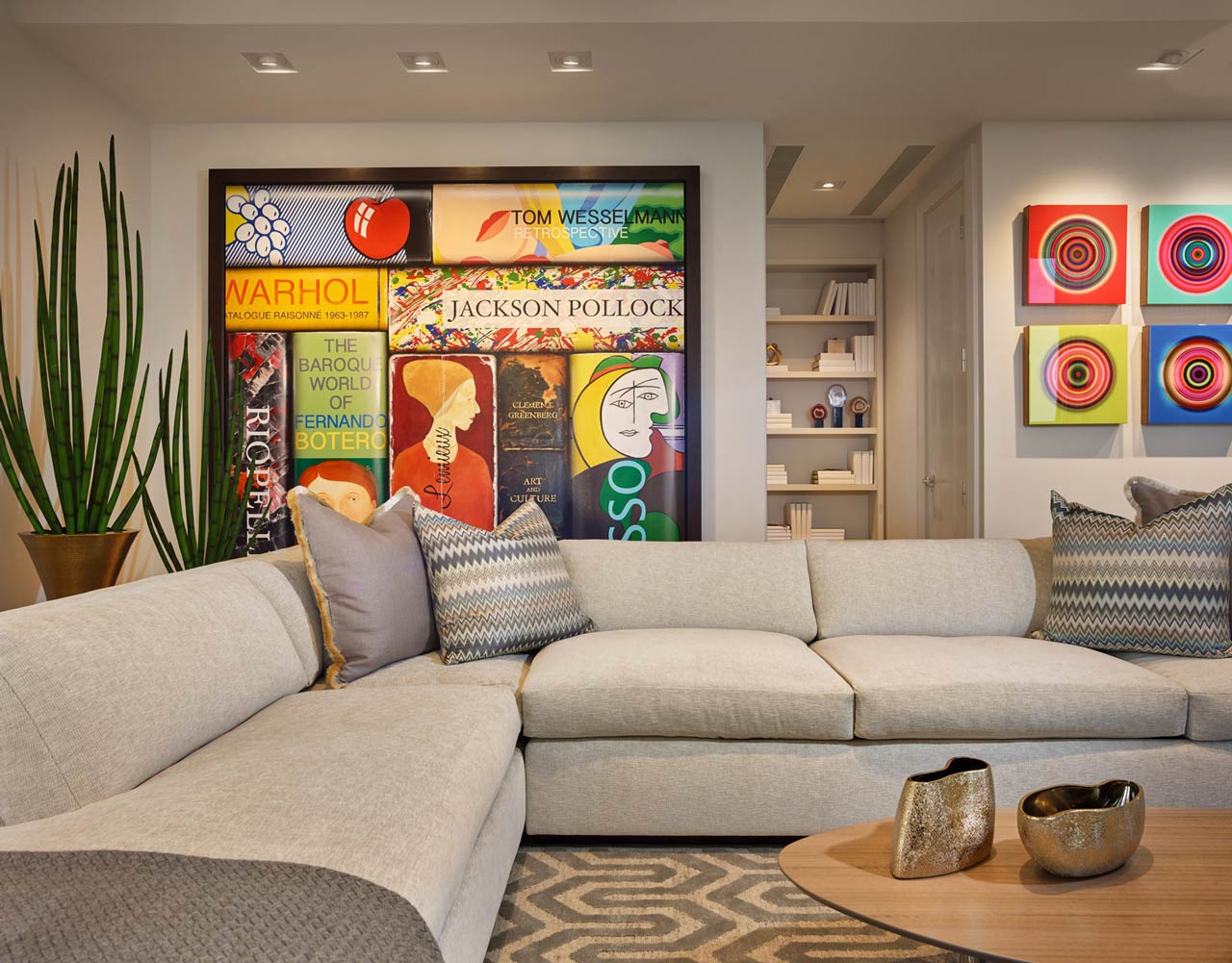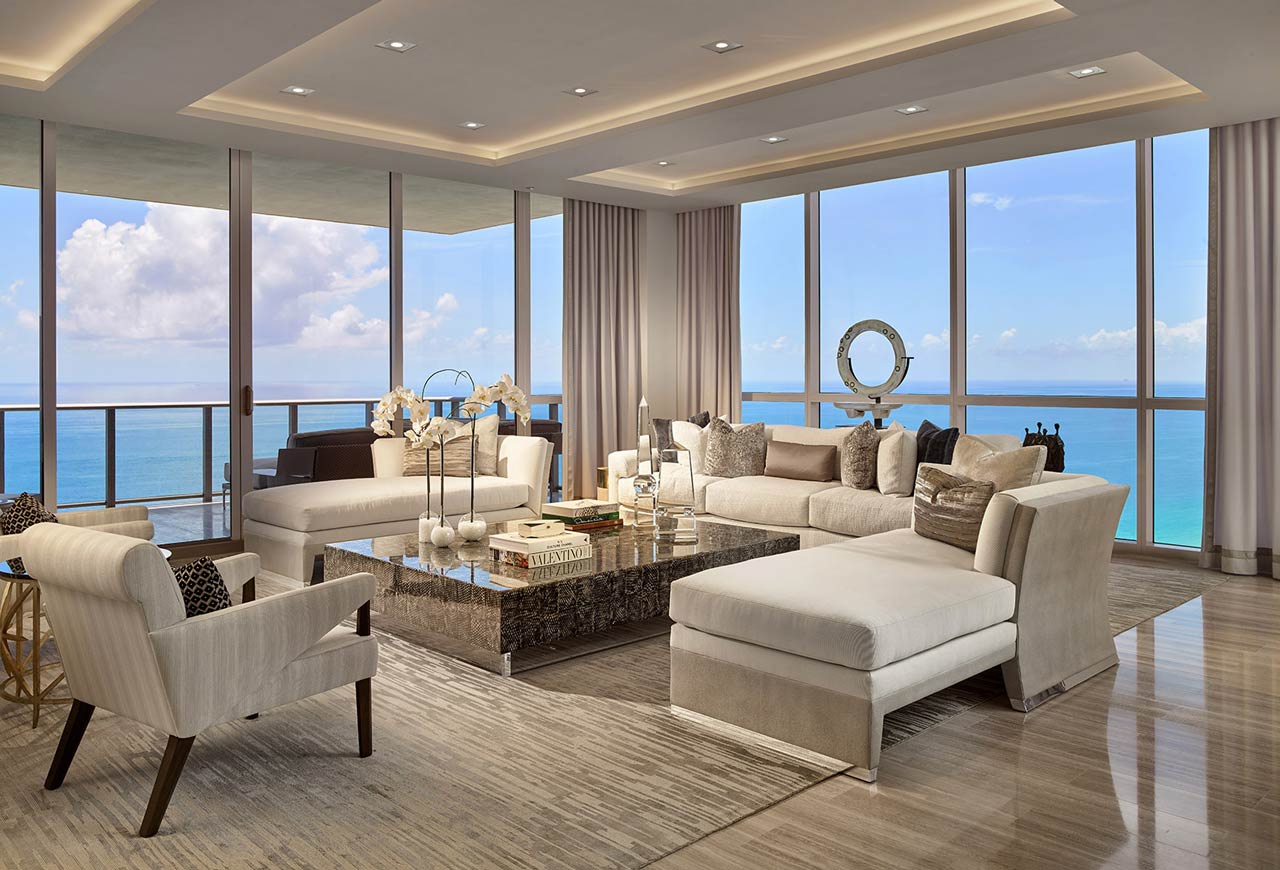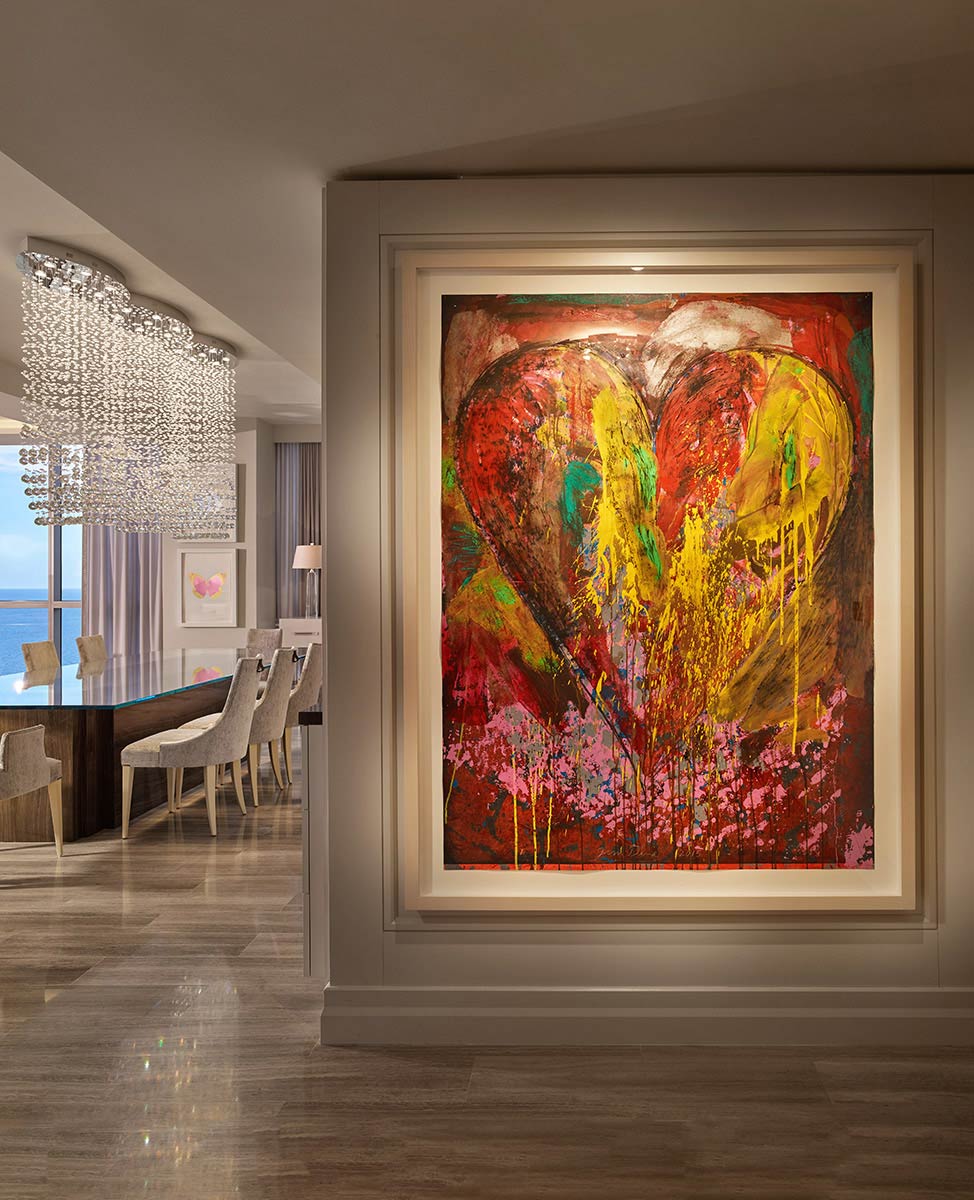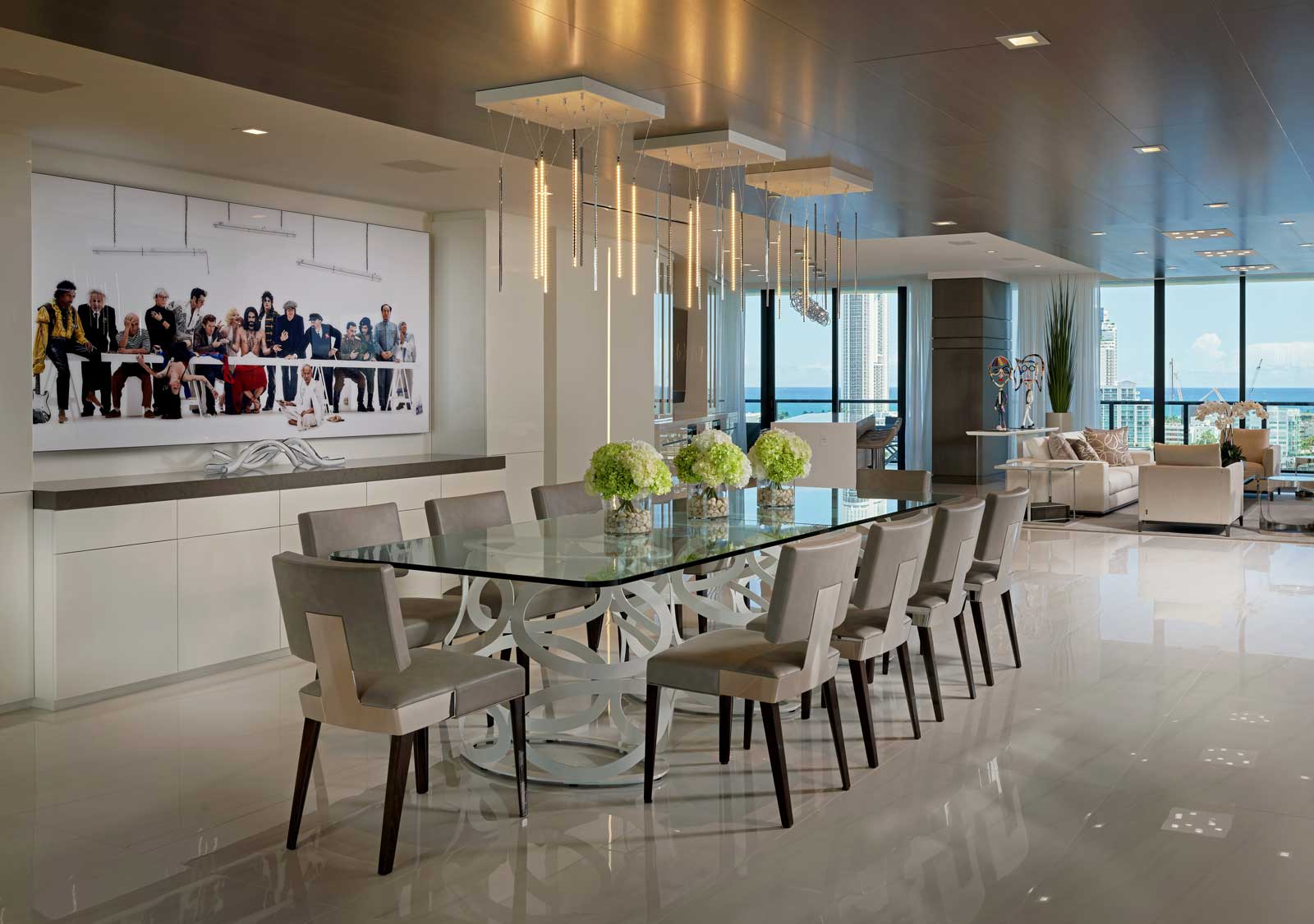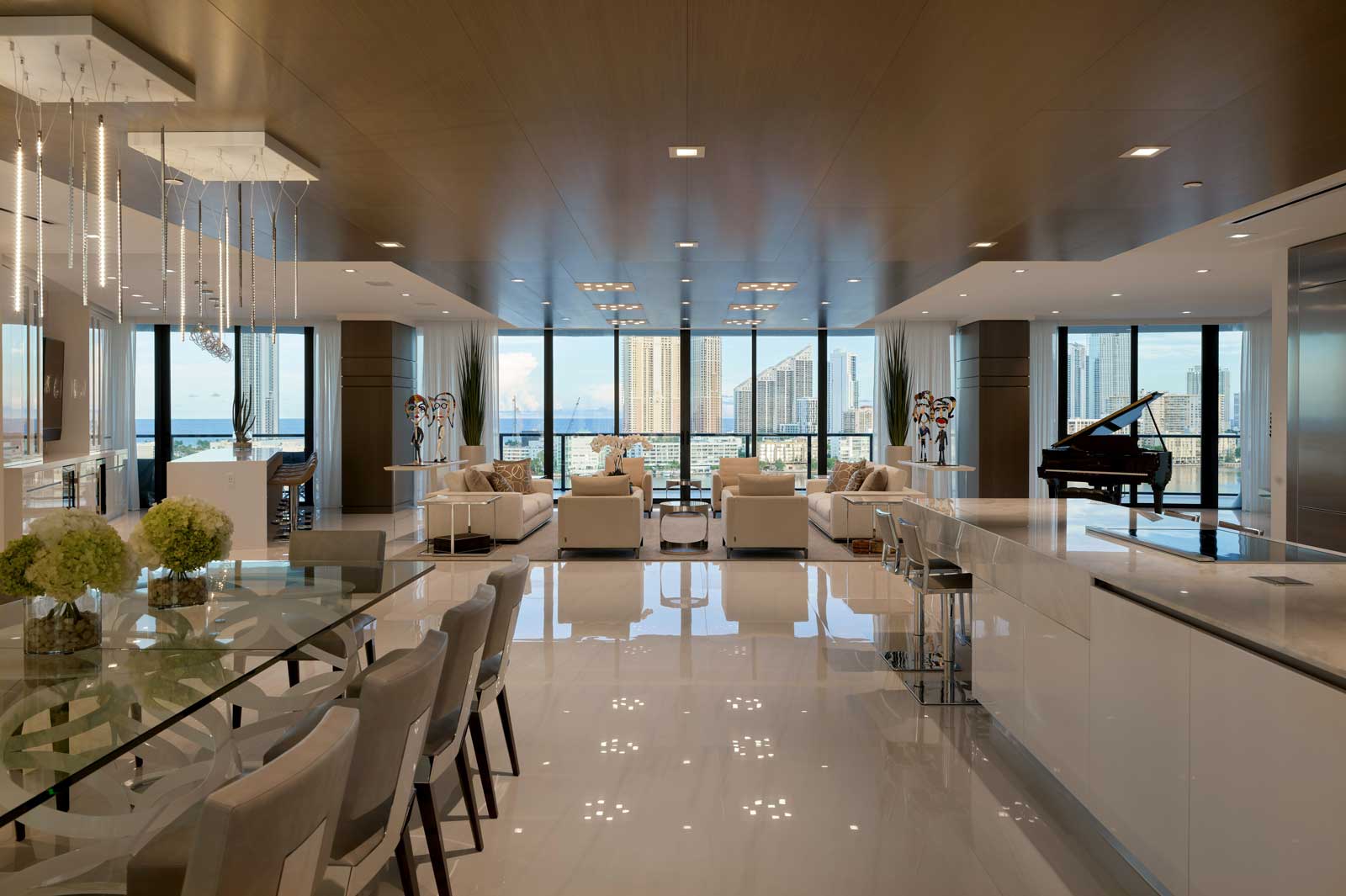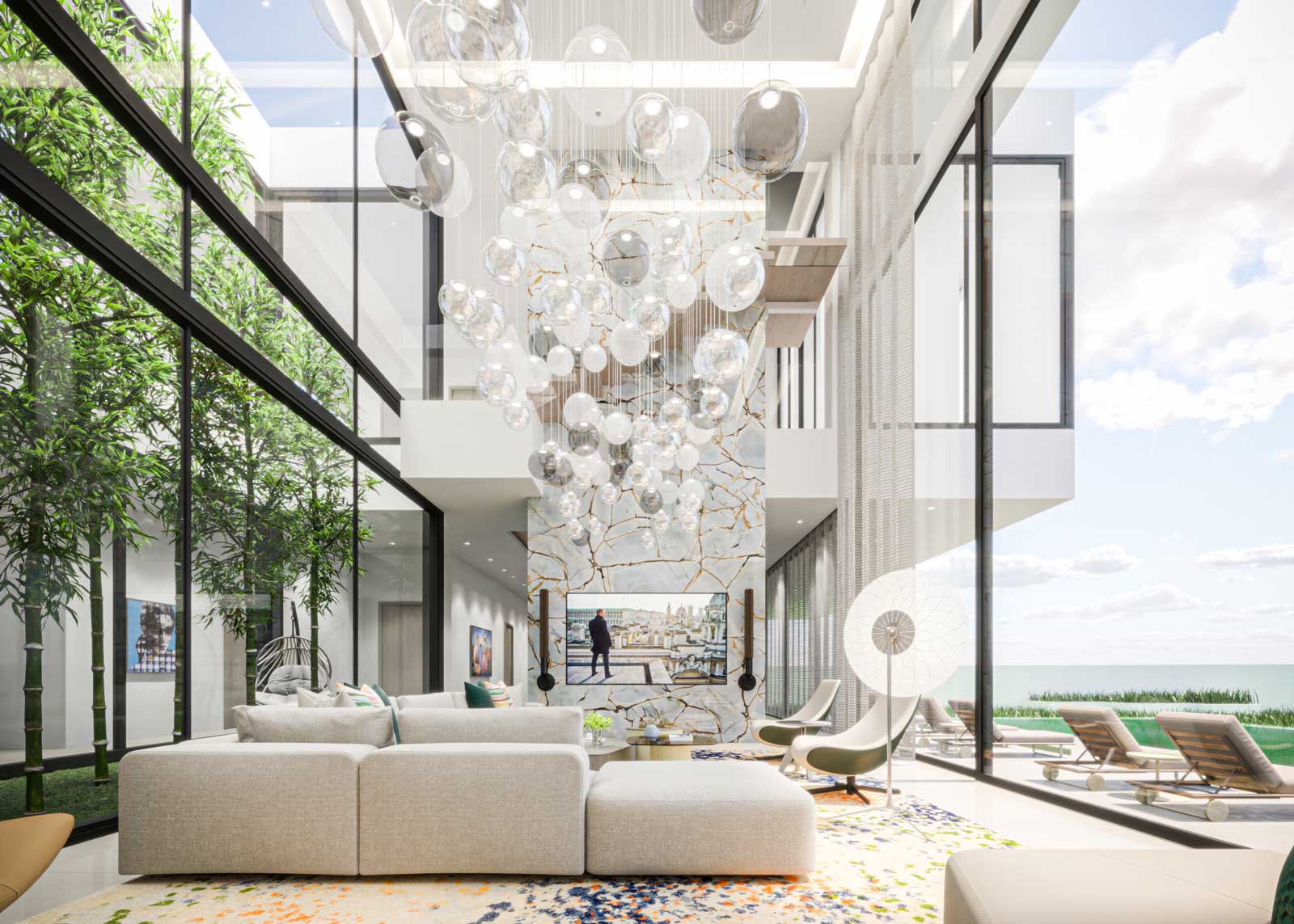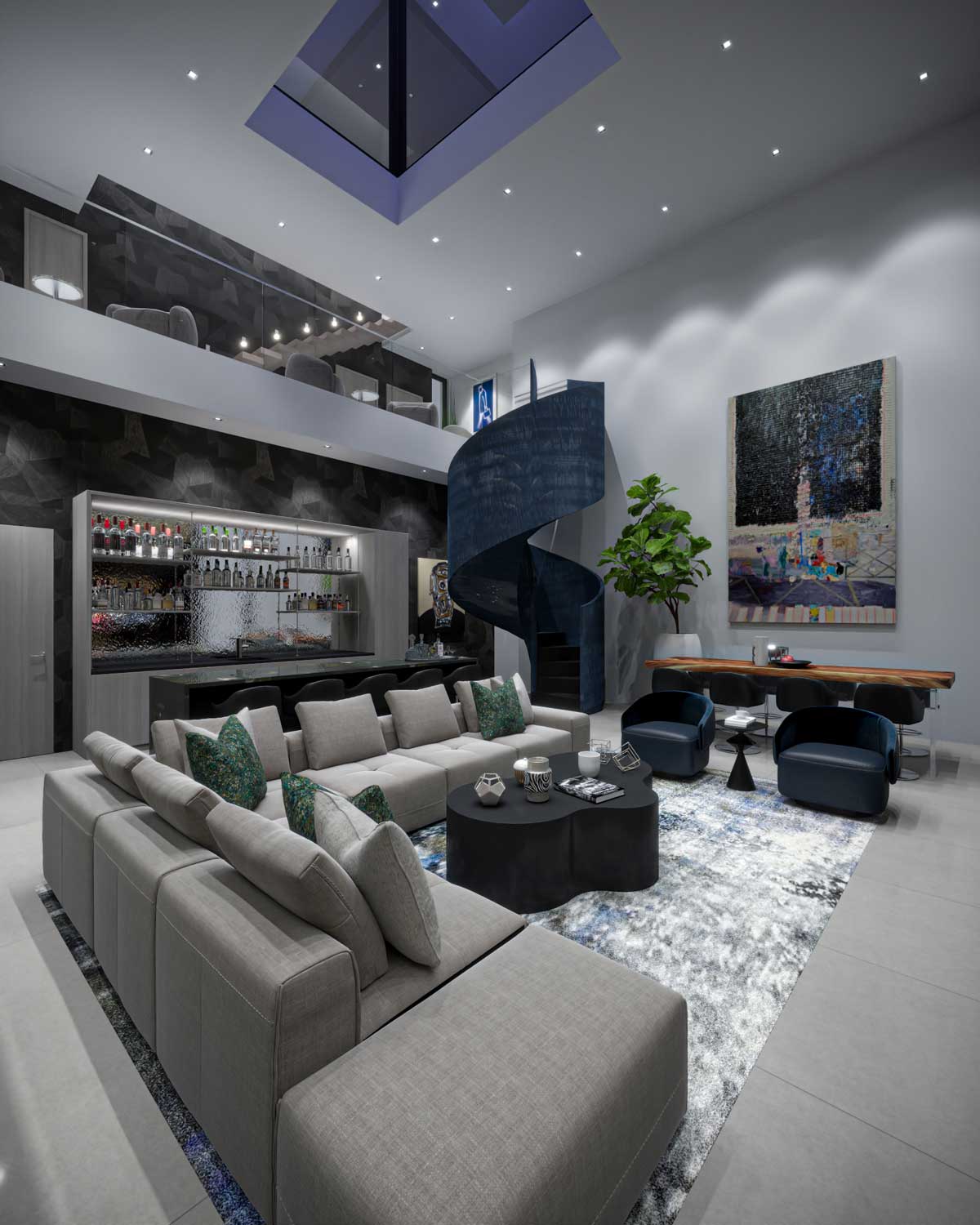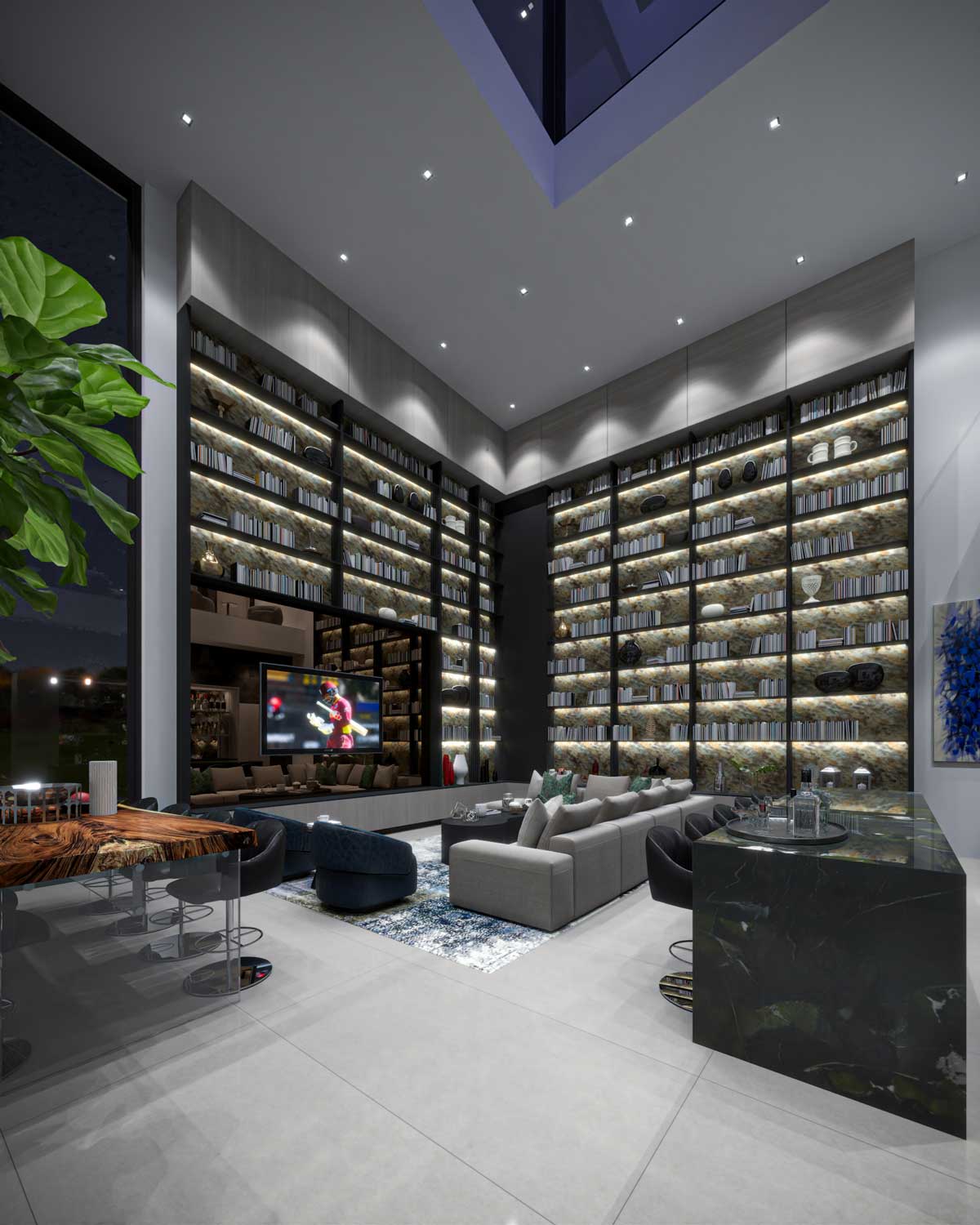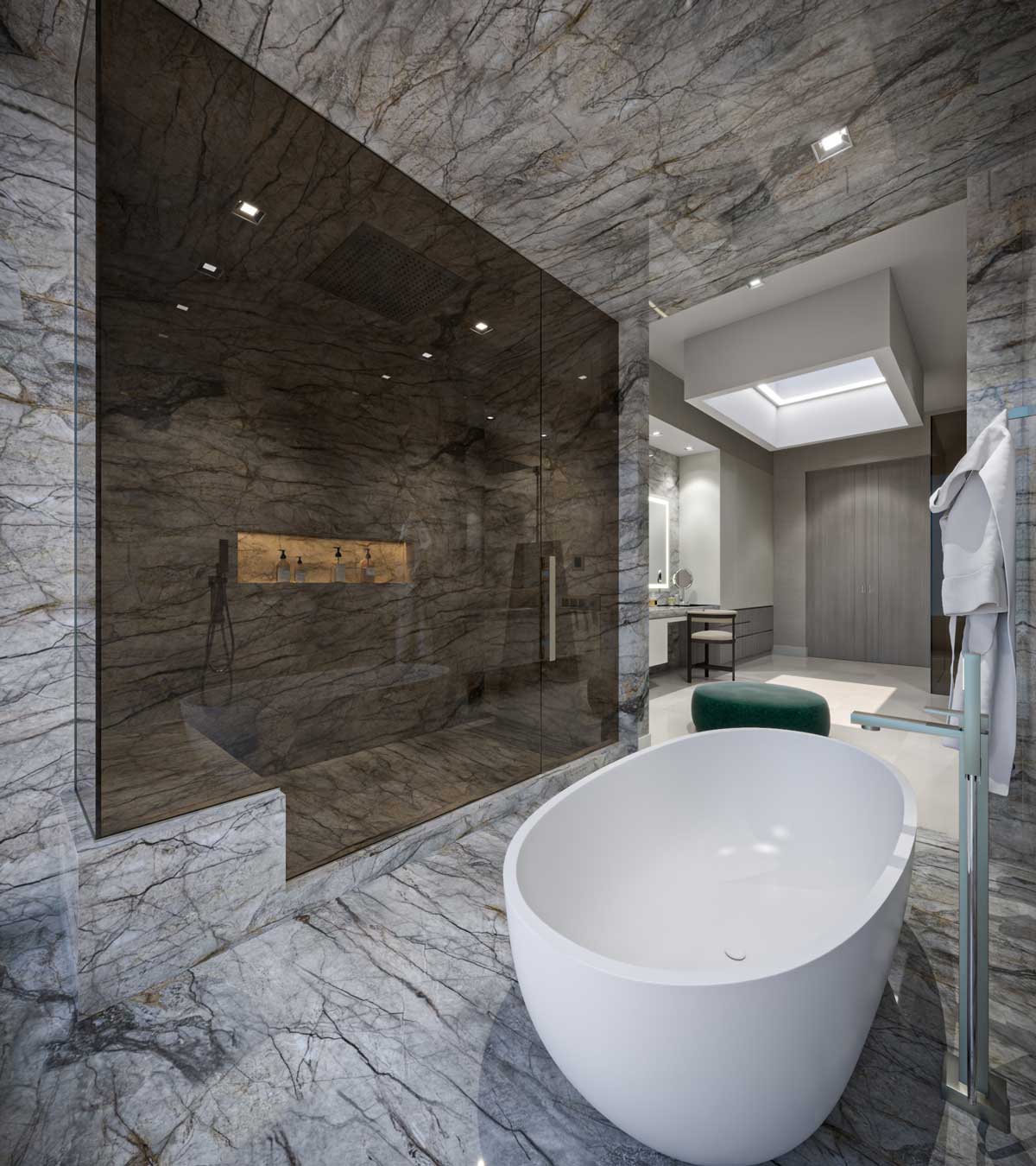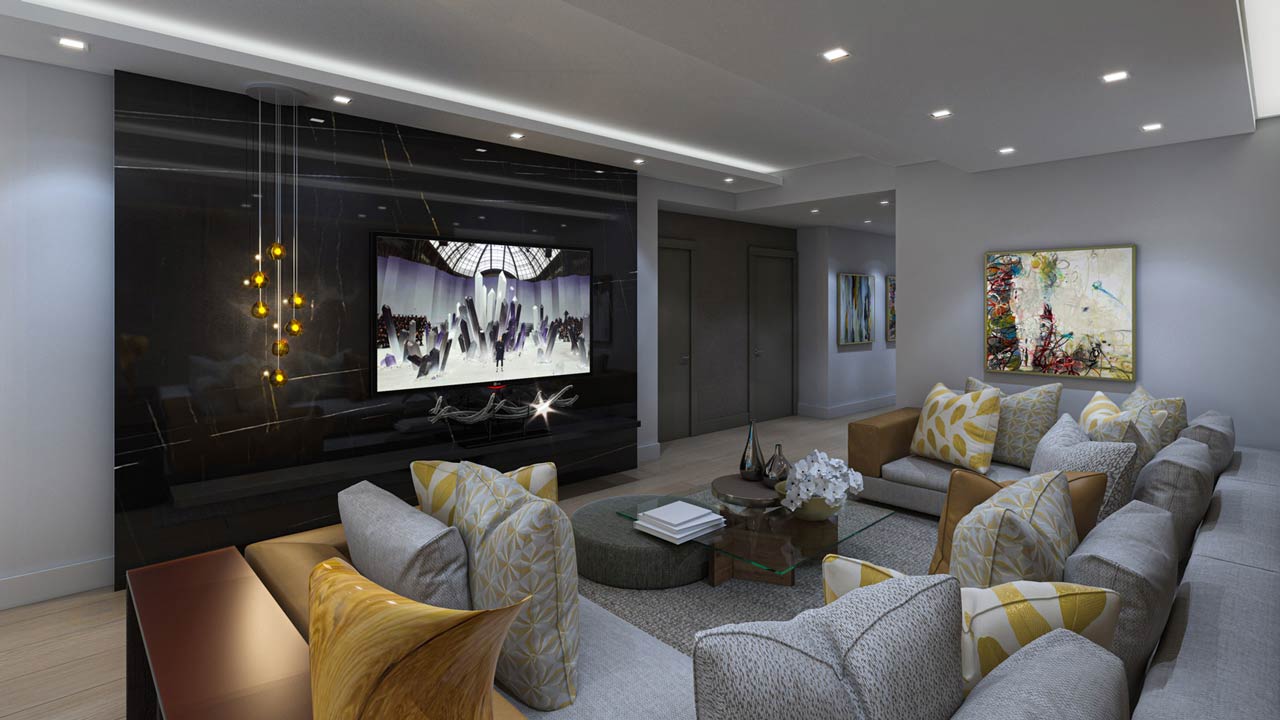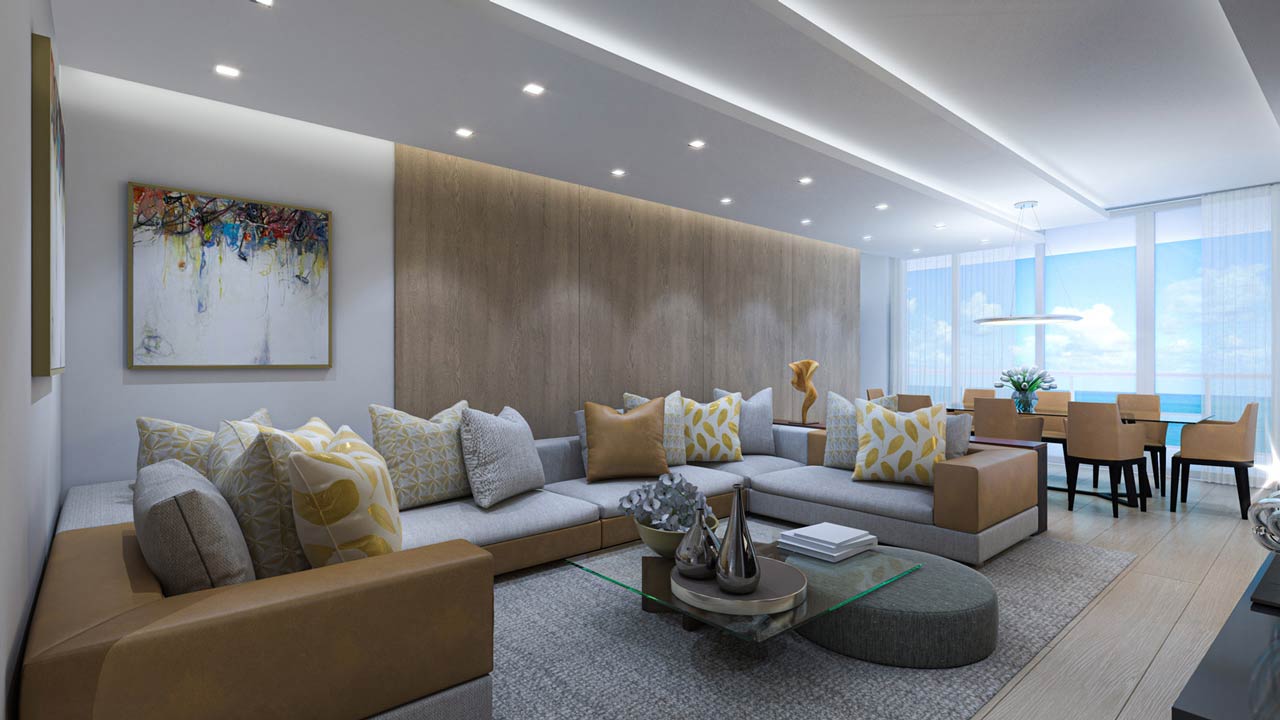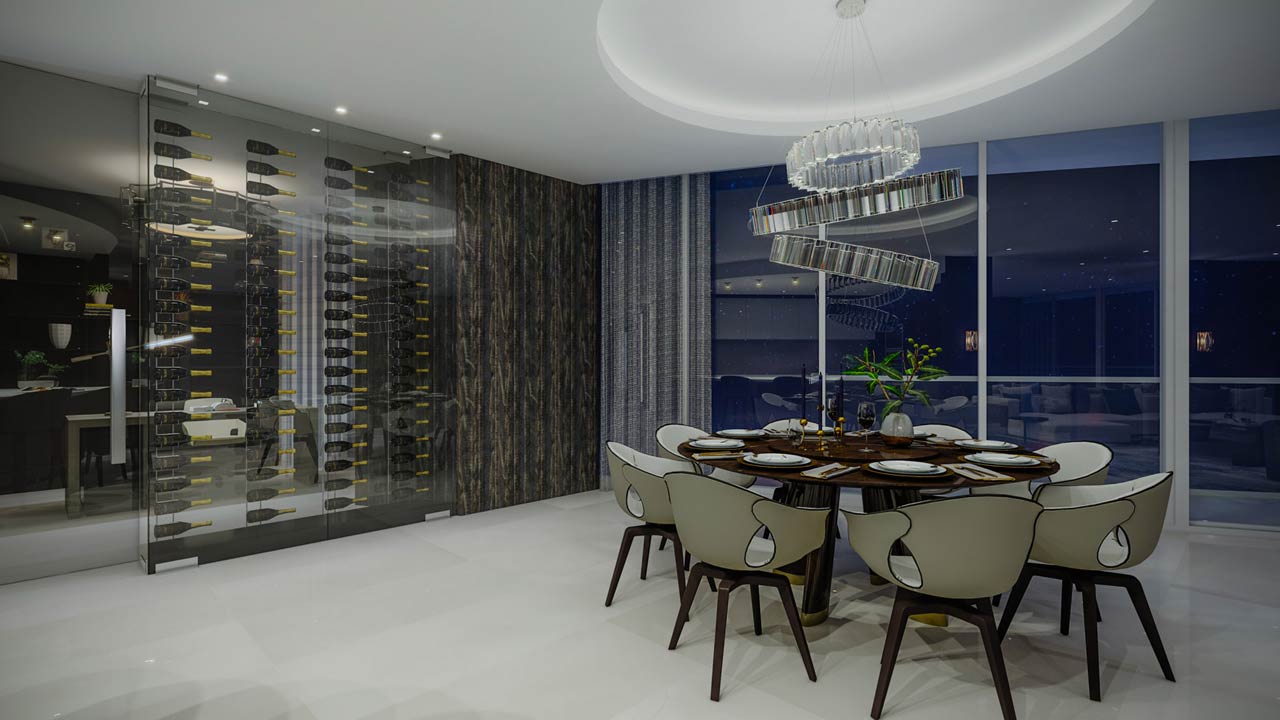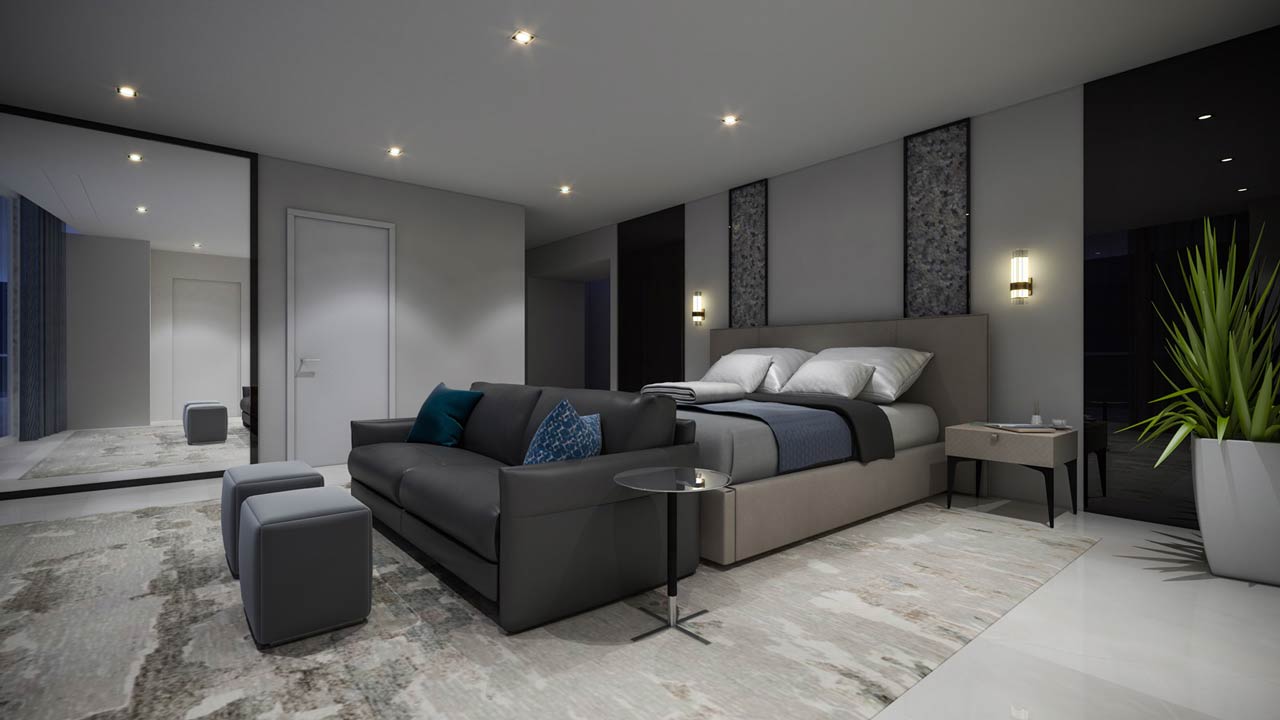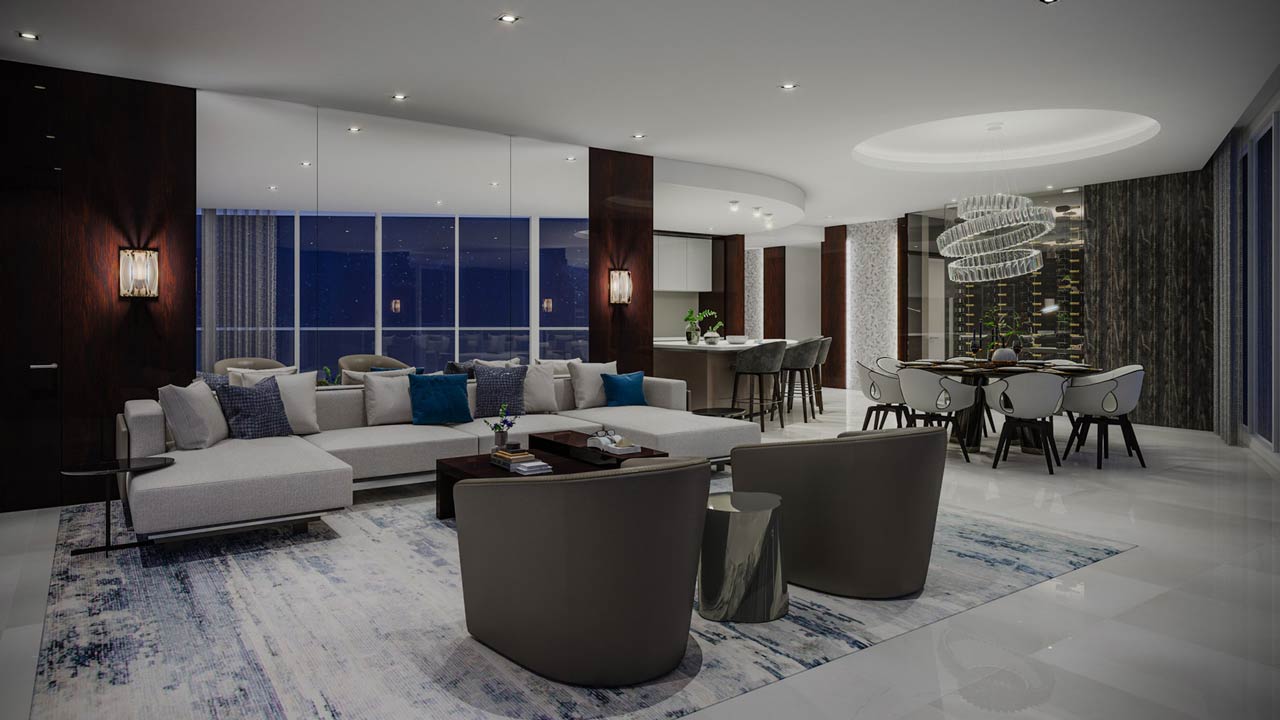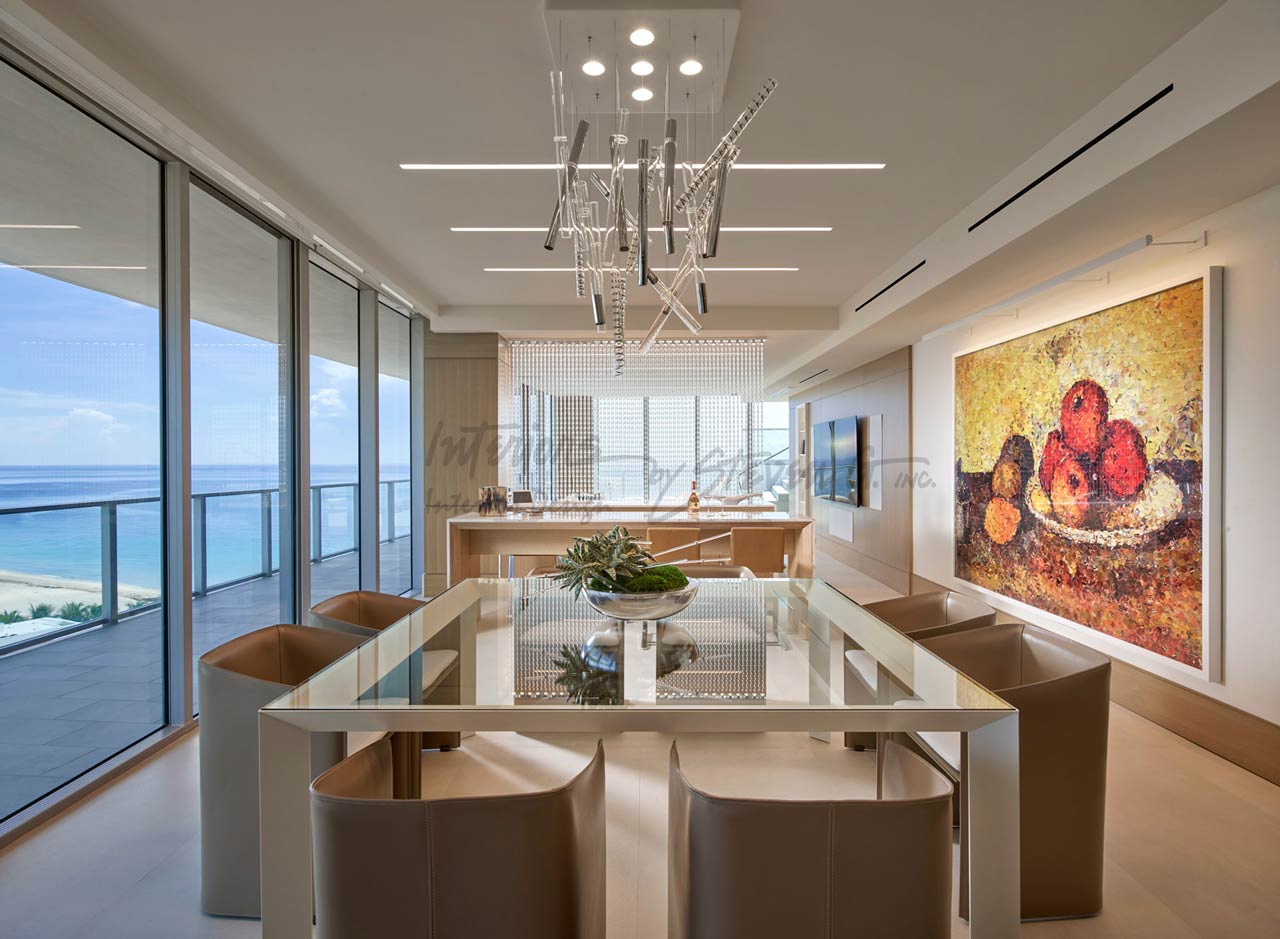Luxury interior design is more than the visual impact of a space—it’s about how a room feels, functions, and endures. While design trends may come and go, the use of high-quality materials remains constant at the heart of timeless interiors. Every surface, texture, and finish contributes not just to beauty, but to the story a space tells about its owner’s taste and lifestyle.
In the world of refined design, material quality is the invisible thread that weaves elegance, comfort, and longevity together. From the smooth grain of fine wood to the cool touch of marble, each material reflects a commitment to excellence that defines true luxury. Understanding why material quality matters allows clients and designers alike to appreciate the artistry and purpose behind every design decision.
The Foundation of Lasting Beauty
Luxury interiors are built to be more than momentary impressions. They’re designed to evolve gracefully with time, maintaining their beauty and relevance through years of use. High-quality materials serve as the foundation of this enduring appeal.
When a designer selects premium materials—such as natural stone, solid wood, or handwoven textiles—it’s not just for their appearance. It’s because these materials age beautifully, gaining character while maintaining integrity. A well-crafted wooden table may show subtle signs of life over time, but it remains solid and full of charm. The same holds true for leather upholstery that softens with use or marble countertops that continue to gleam with simple care.
Quality materials have an authenticity that can’t be replicated. Their textures, tones, and finishes convey depth, making each space feel both lived-in and luxurious. This enduring beauty ensures that a home or commercial space doesn’t just look exceptional when first completed—it continues to do so for many years to come.
The Experience of Texture and Touch
Luxury design isn’t only about what the eye sees—it’s about what the hand feels. The tactile experience of a space plays an enormous role in how people connect with it. High-quality materials engage the senses in a way that synthetic or lower-grade alternatives rarely can.
The smoothness of polished stone, the softness of natural linen, and the warmth of real wood invite touch and interaction. These sensory details create an atmosphere of comfort and refinement that subtly enhances daily living. When materials are chosen thoughtfully, even the simplest spaces can feel extraordinary.
This sensory richness also brings a sense of authenticity to the design. Natural materials, in particular, have unique variations that add depth and individuality to every surface. Each grain, vein, and fiber tells a story, contributing to the personality of a space in ways that mass-produced finishes cannot.
Function Meets Form: The Practical Side of Quality
While aesthetics often take center stage in interior design, functionality is equally vital—especially in luxury settings. The best materials are those that not only look exquisite but also perform reliably.
High-quality flooring, for instance, can withstand years of movement and activity without losing its sheen. Durable upholstery retains its texture and color even in rooms filled with natural light. Cabinetry constructed with solid wood or reinforced joints ensures that doors and drawers operate smoothly long after installation.
Luxury design firms understand that true sophistication lies in balancing beauty with practicality. By selecting superior materials, designers create interiors that not only inspire admiration but also support everyday living. The result is a seamless blend of form and function—a hallmark of well-executed luxury.
Craftsmanship and the Human Touch
Behind every premium material lies a story of craftsmanship. Whether it’s the artisan who hand-finishes a piece of furniture or the stonemason who perfects the cut of marble, these skilled individuals transform raw materials into works of art.
Luxury design celebrates this human touch. The precision and care that go into crafting each element ensure that the finished space feels intentional and harmonious. The small imperfections that come from handmade work add warmth and authenticity, distinguishing bespoke design from mass production.
When a designer collaborates with craftsmen who share a commitment to excellence, the result is an environment that feels curated rather than constructed. Every detail—from the stitching on a chair to the sheen of a lacquered wall—reflects the artistry behind the process.
The Sustainability of Choosing Quality
Another reason material quality matters lies in its connection to sustainability. Investing in well-made, durable pieces reduces the need for replacement and minimizes waste. In luxury interiors, sustainability doesn’t mean sacrificing elegance—it means embracing longevity and responsibility.
A beautifully designed home crafted with quality materials often requires less renovation over time. Furniture, flooring, and fixtures retain their appeal and structure, promoting an enduring sense of satisfaction. This sustainable mindset aligns with the growing desire among clients to invest in spaces that reflect both sophistication and conscience.
Moreover, many natural materials used in high-end design are sourced and produced with care for the environment. From responsibly harvested wood to ethically sourced stone, these materials contribute to creating interiors that are as kind to the planet as they are stunning to the eye.
A Personalized Expression of Taste
Every luxury interior should reflect the individuality of its owner. Material selection plays a crucial role in achieving that personalized touch. The combination of textures, finishes, and tones tells a story about who occupies the space—their values, experiences, and sense of style.
Some clients may gravitate toward rich, dark woods and deep marble veining that evoke timeless elegance, while others prefer lighter palettes and softer textures that create an atmosphere of calm sophistication. The quality of the materials chosen ensures that no matter the aesthetic direction, the final result feels cohesive and refined.
In full-service design, this personalization begins with understanding a client’s lifestyle, needs, and aspirations. Through thoughtful collaboration, designers can translate these elements into material choices that not only meet functional requirements but also resonate emotionally.
The Long-Term Value of Investing in Quality
Luxury design is, at its heart, an investment—an investment in beauty, comfort, and longevity. Choosing high-quality materials may require a greater initial commitment, but the long-term rewards far outweigh the costs.
Premium materials maintain their appearance and performance over time, reducing the need for replacements or repairs. More importantly, they enhance the overall value of the property. A well-designed space crafted from enduring materials never feels outdated; instead, it evolves gracefully, adapting to new styles while maintaining its sense of sophistication.
For homeowners and developers alike, this long-term value reinforces the idea that luxury isn’t about excess—it’s about intention. Every decision, from the flooring underfoot to the fabrics that frame the windows, contributes to a cohesive environment that stands the test of time.
In luxury interior design, material quality is the foundation upon which every beautiful and lasting space is built. It shapes not only how a room looks, but how it feels and functions day after day. The textures, finishes, and craftsmanship of fine materials turn interiors into expressions of individuality and timeless elegance.
For those seeking to transform their spaces into refined environments that balance beauty with purpose, the thoughtful use of quality materials makes all the difference. To discover how our design team can bring this level of excellence to your next project, reach out to our team today and let us help you create a space that feels as extraordinary as it looks.
Frequently Asked Questions
How do designers determine which materials are considered “luxury”?
- Luxury materials are defined by their quality, durability, and craftsmanship. Designers look for authenticity, texture, and performance, choosing materials that offer both aesthetic appeal and long-term reliability.
Can sustainable materials still feel luxurious?
- Absolutely. Many sustainable materials, such as reclaimed wood, natural stone, and organic textiles, offer a rich and refined appearance. When crafted with care, they provide both elegance and environmental responsibility.
How does material selection impact the mood of a space?
- Different materials evoke different emotions. For example, natural stone conveys strength and sophistication, while soft fabrics and warm woods create comfort and intimacy. The right combination shapes the atmosphere and flow of a room.
Are high-quality materials more difficult to maintain?
- Not necessarily. Many premium materials are chosen precisely because they are durable and easy to care for. With the right installation and occasional upkeep, they maintain their beauty for years.





